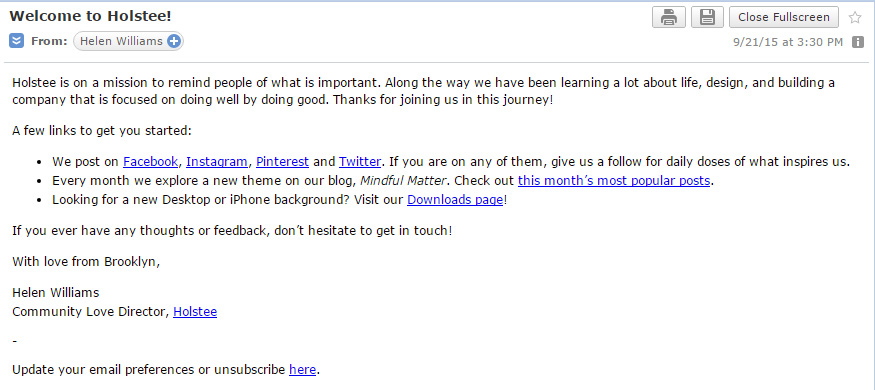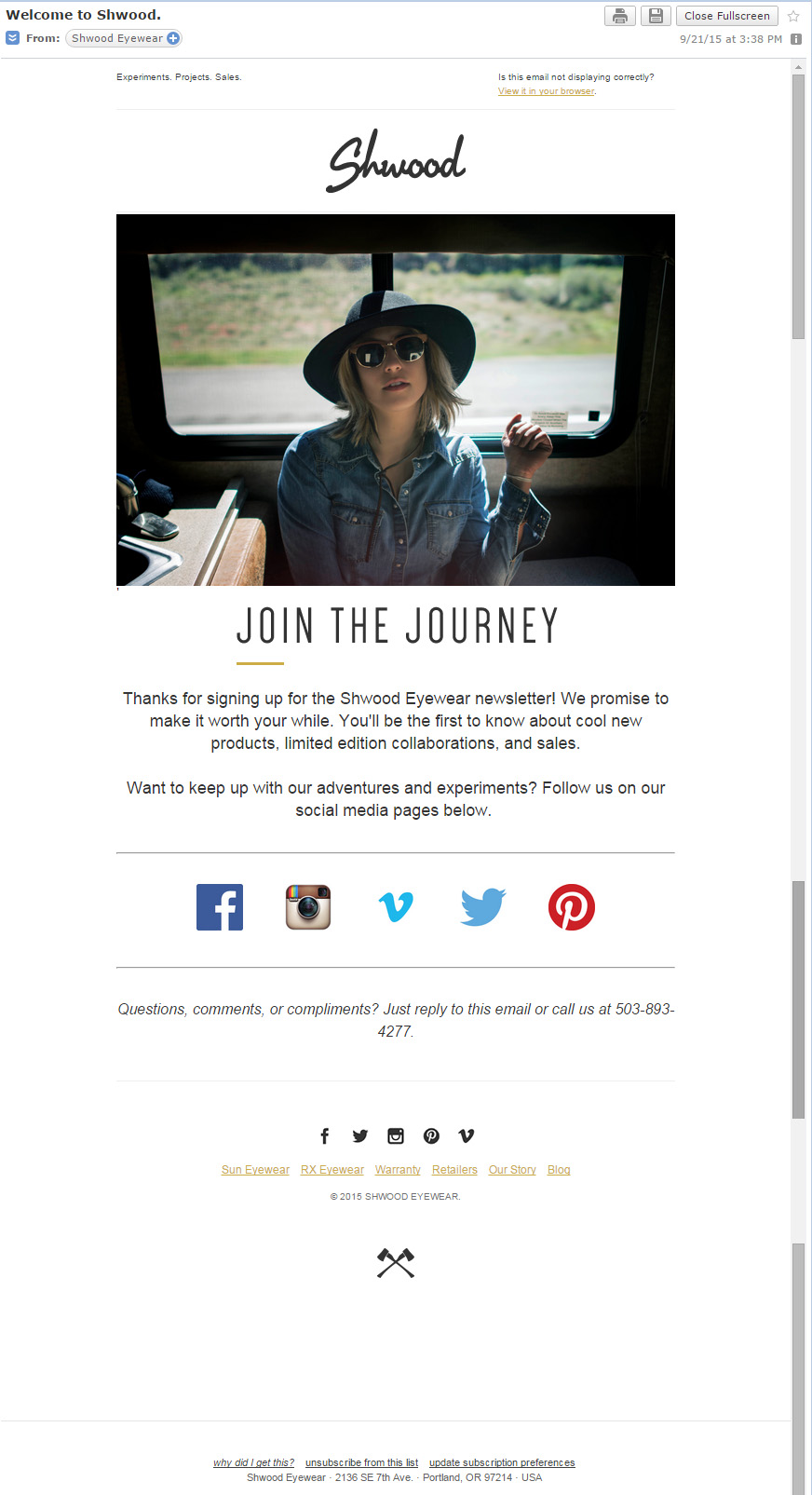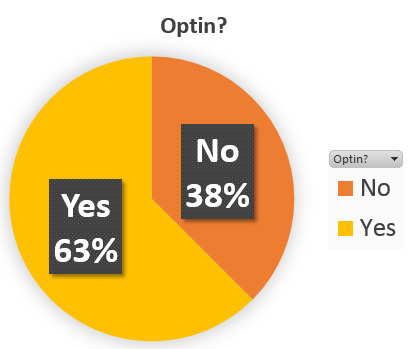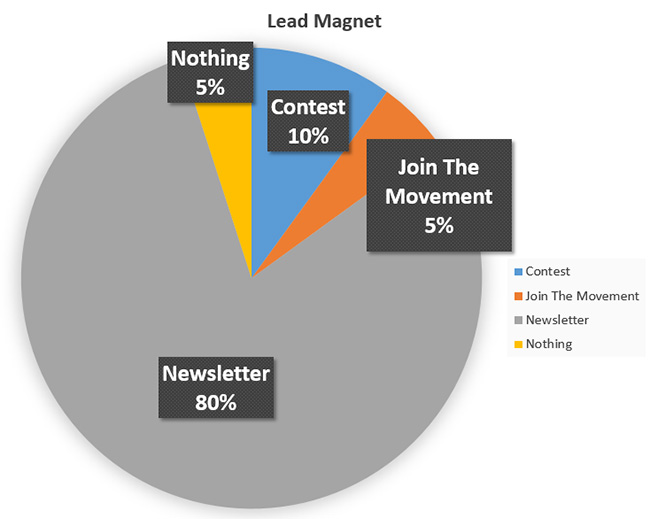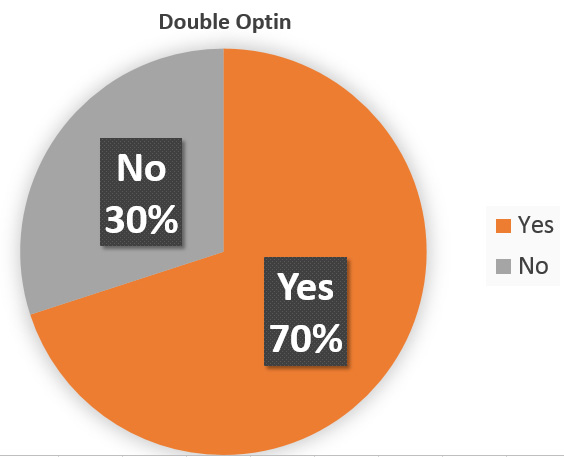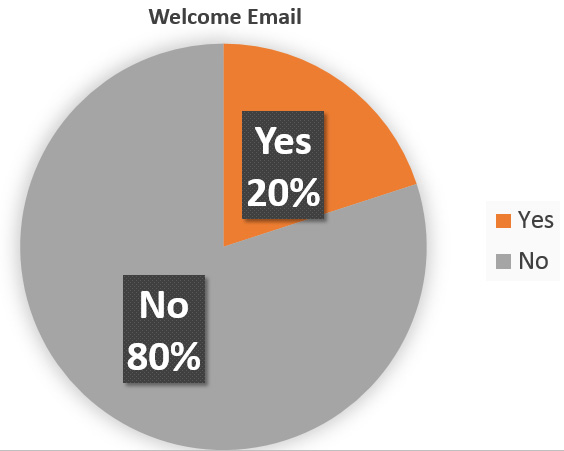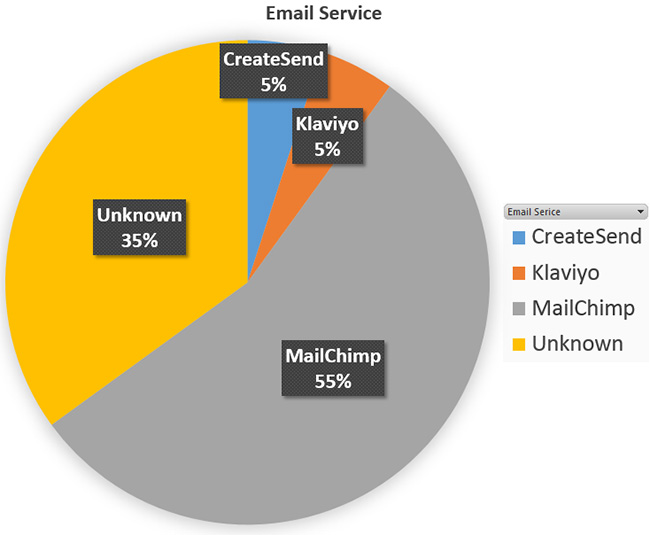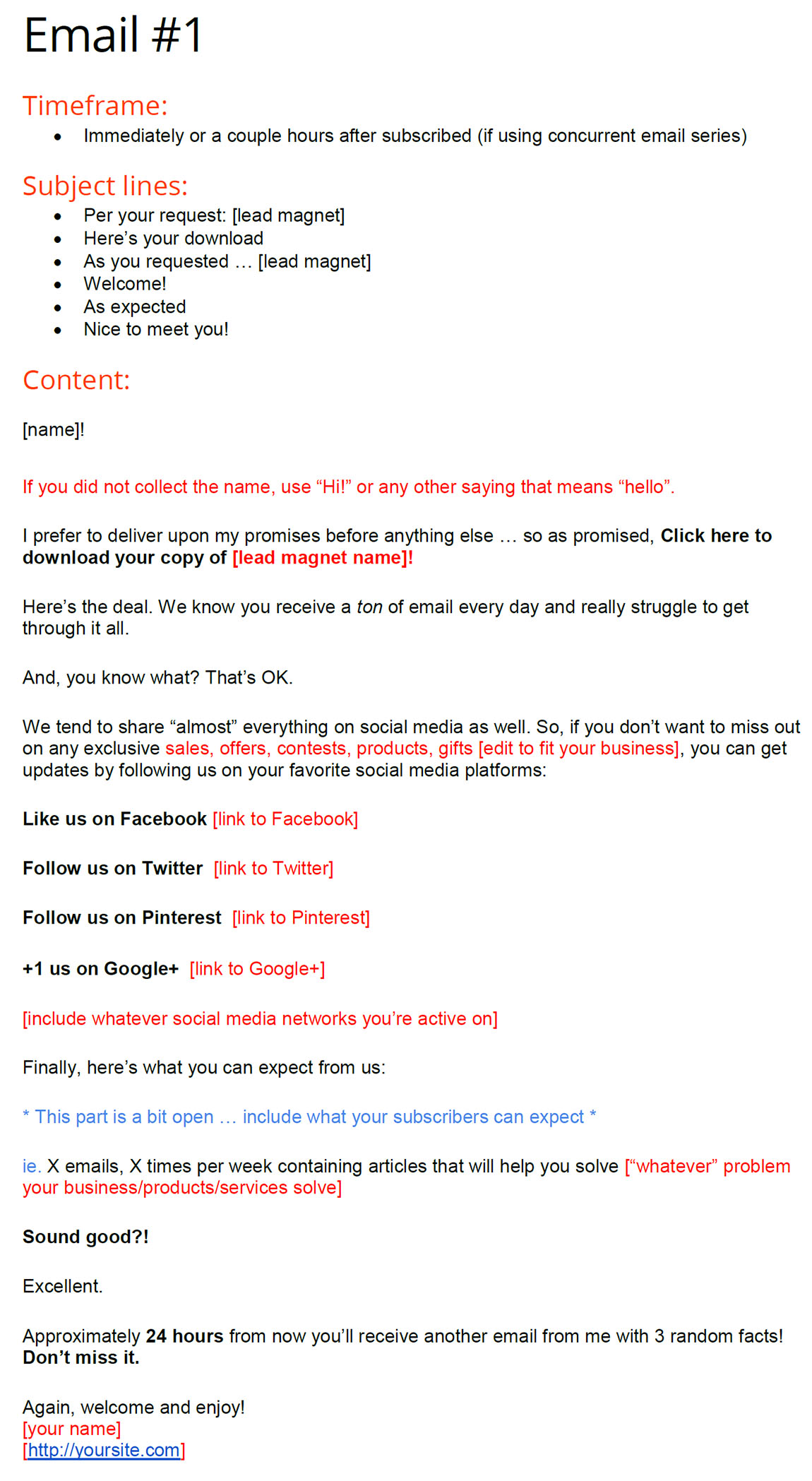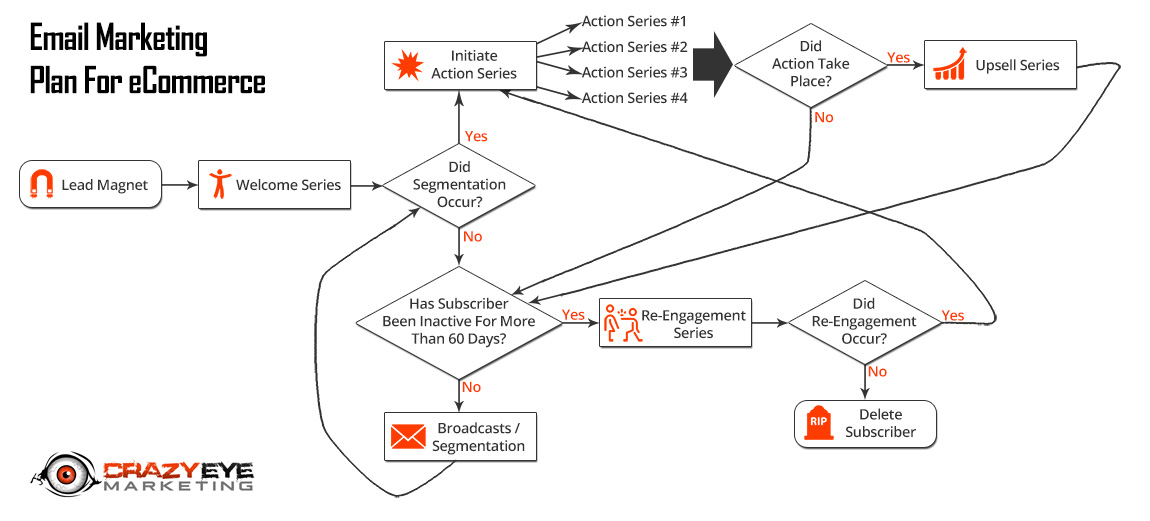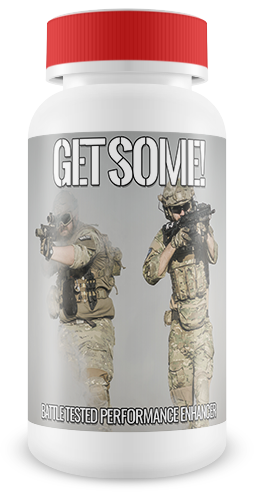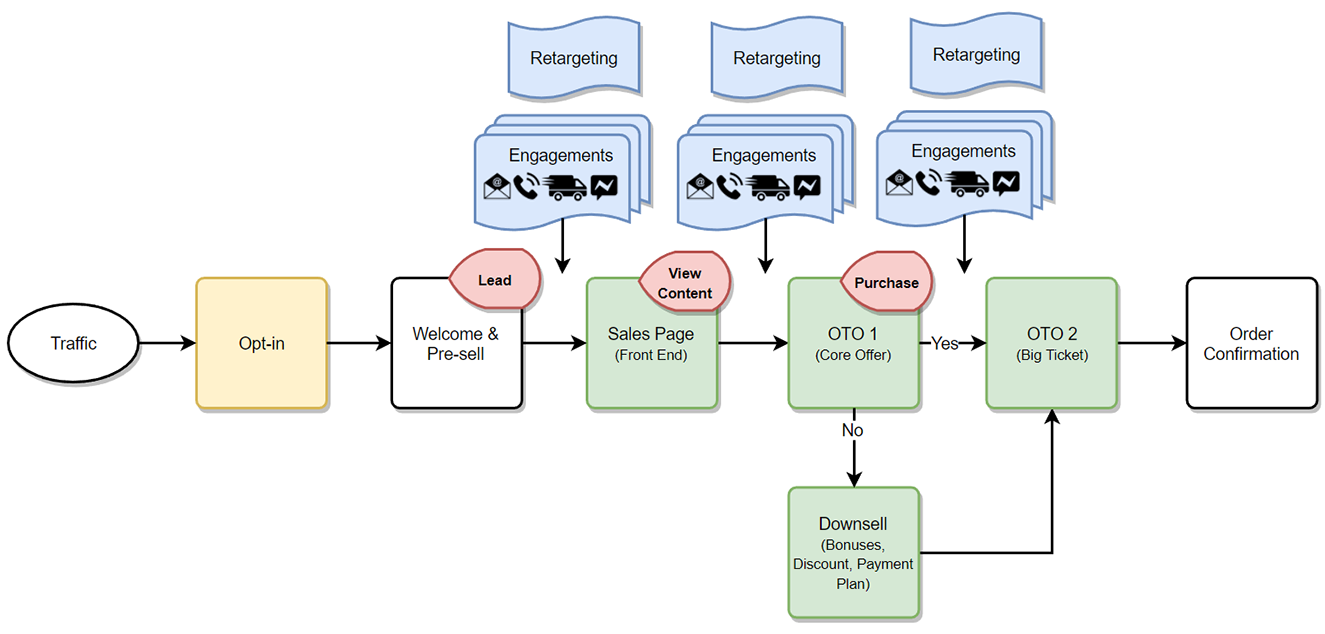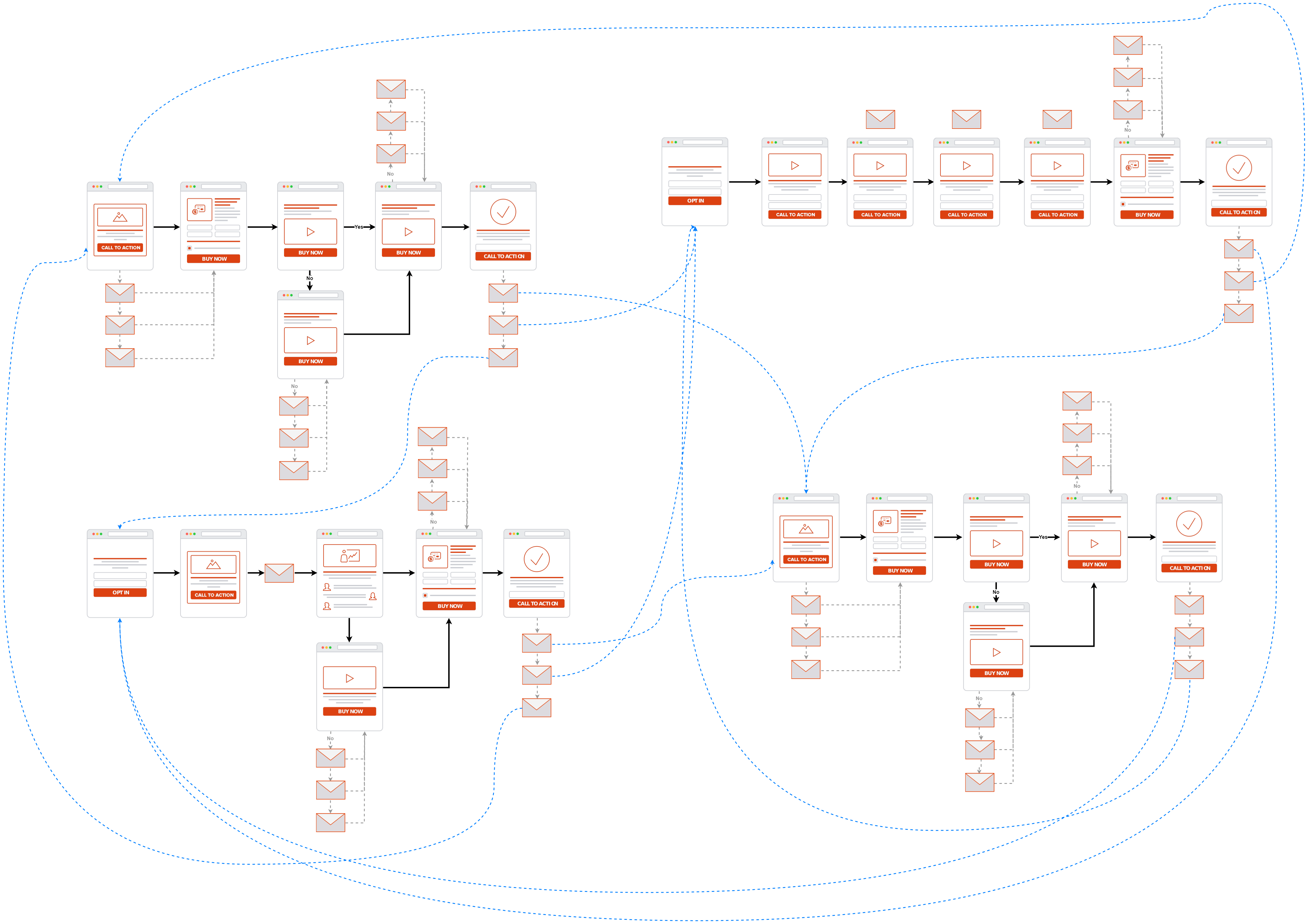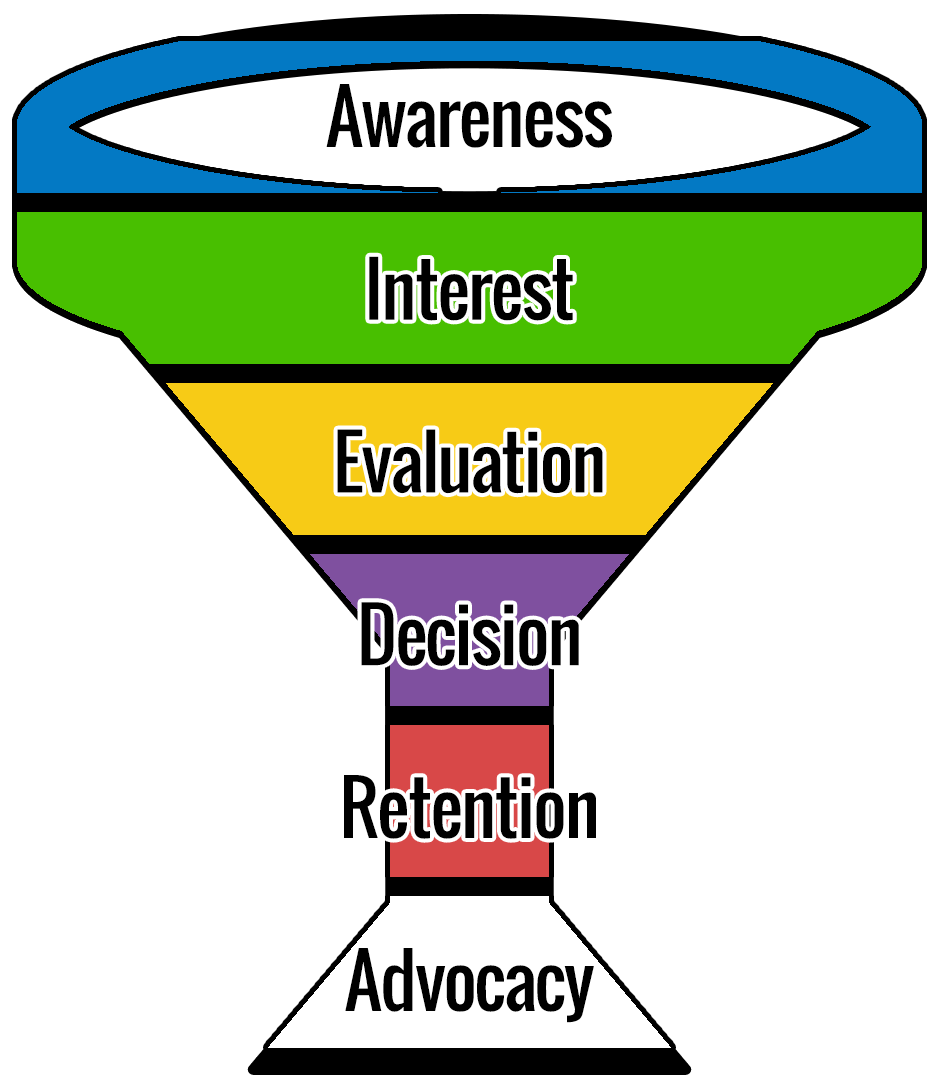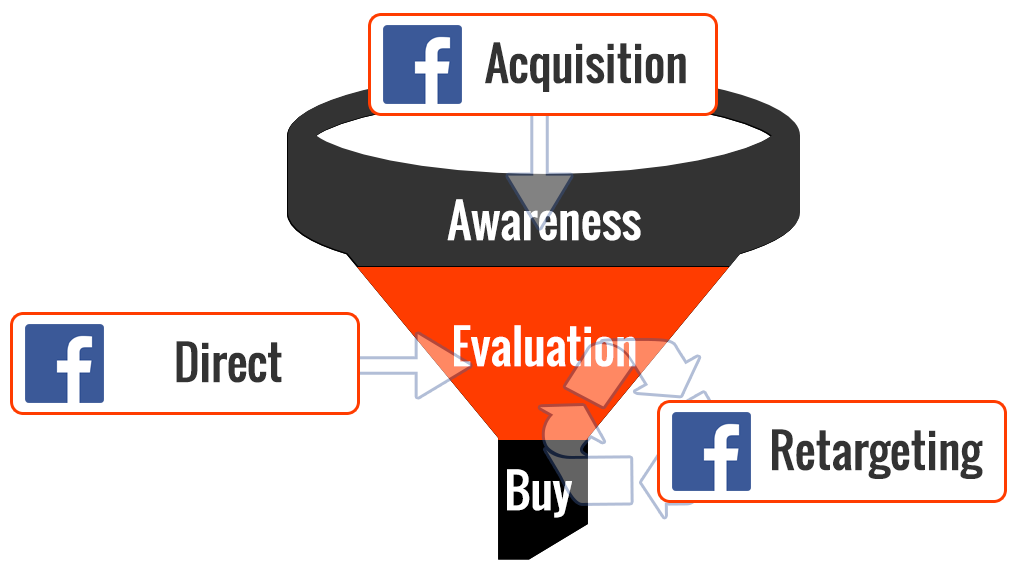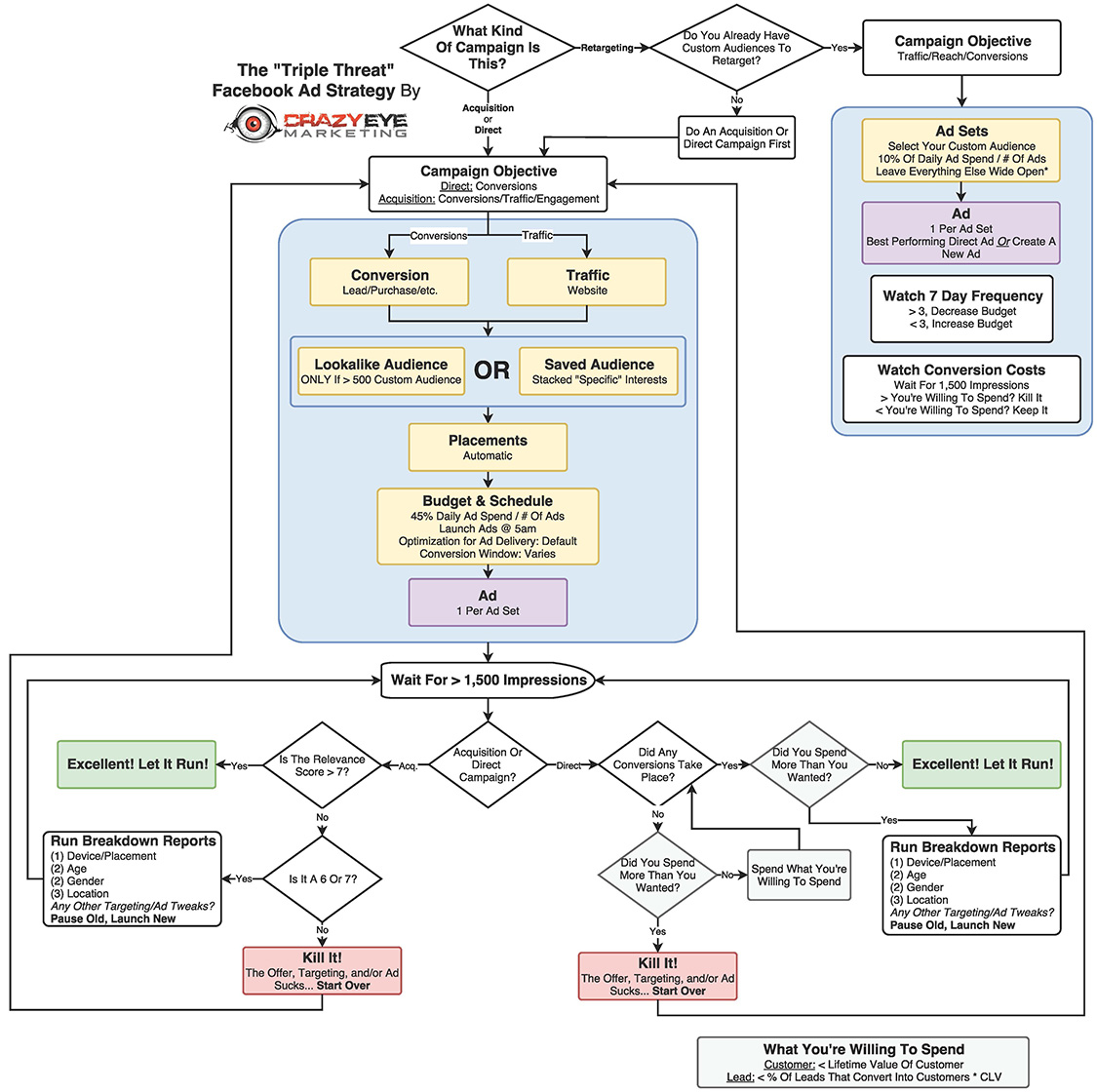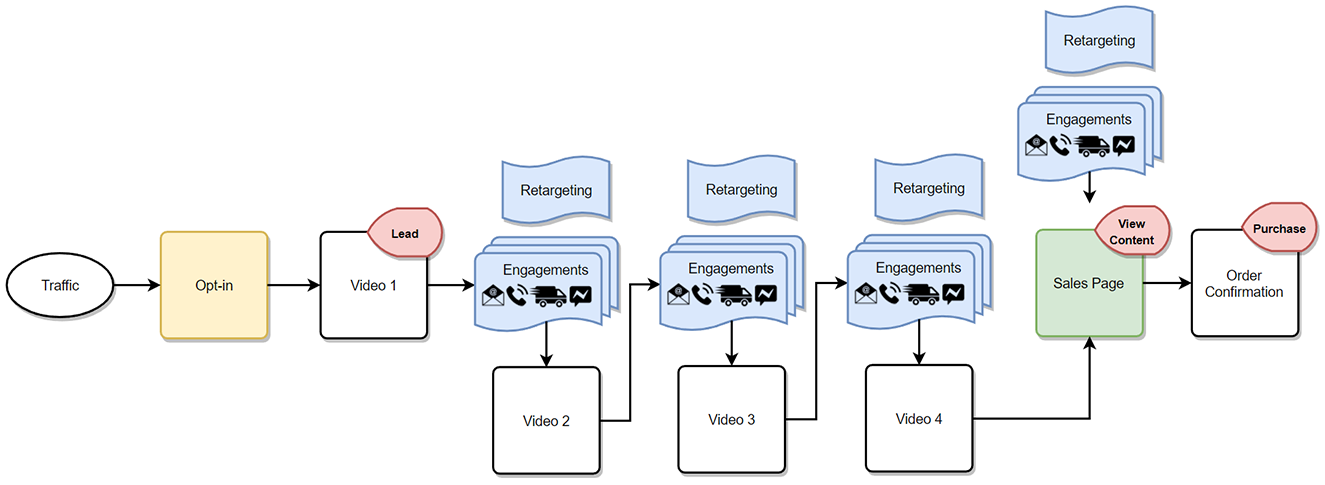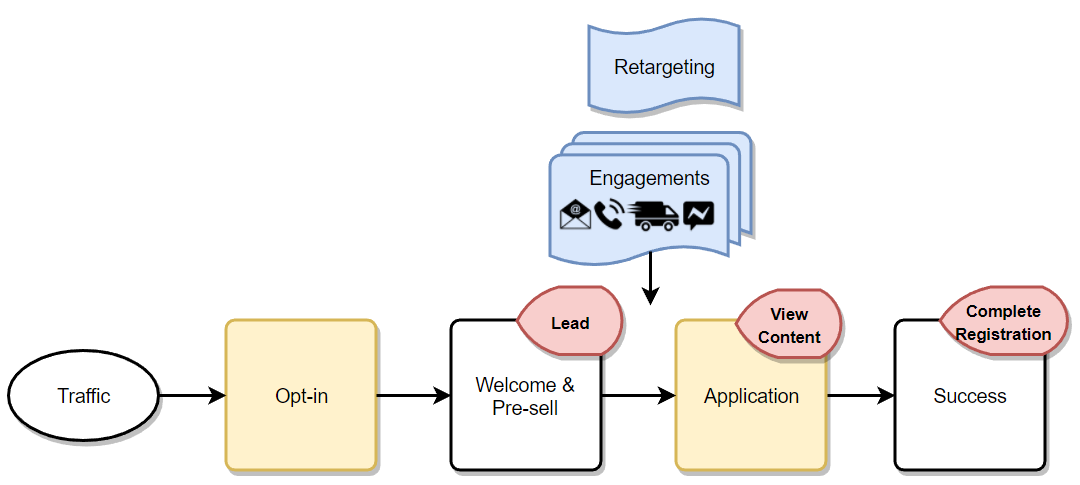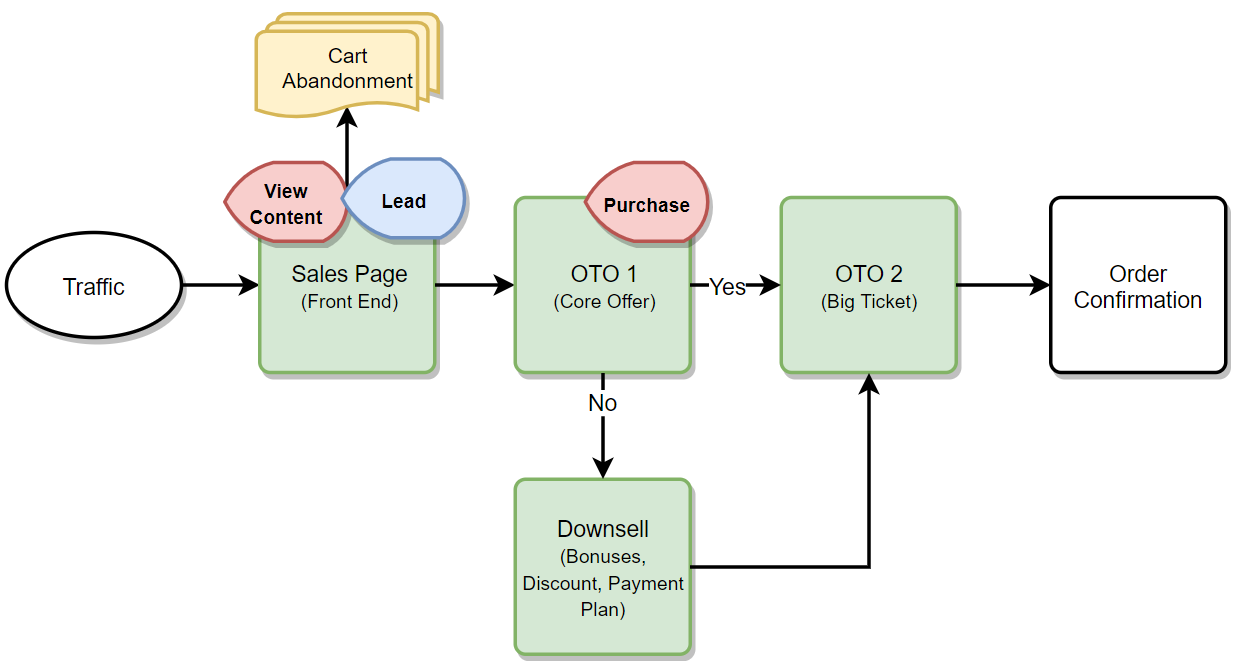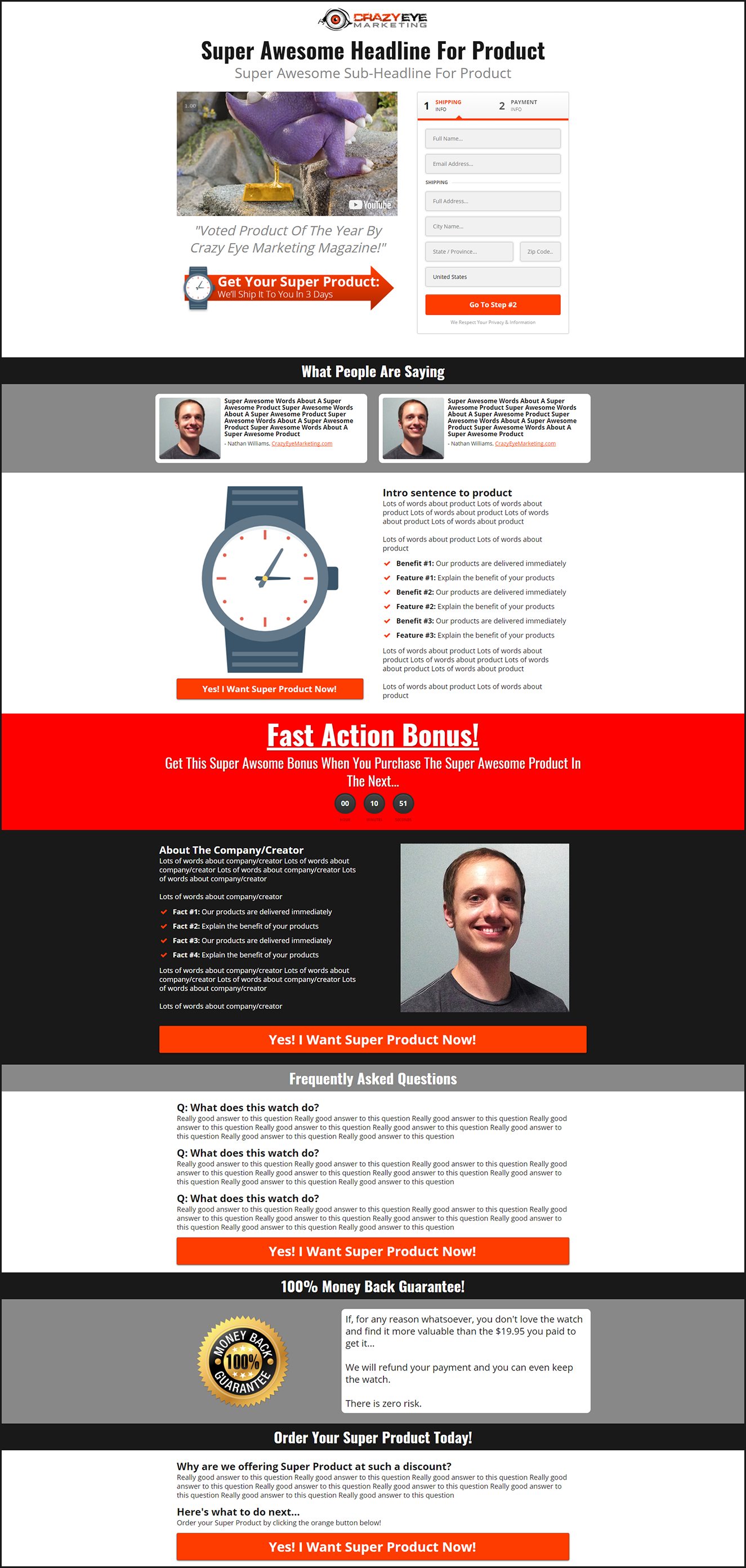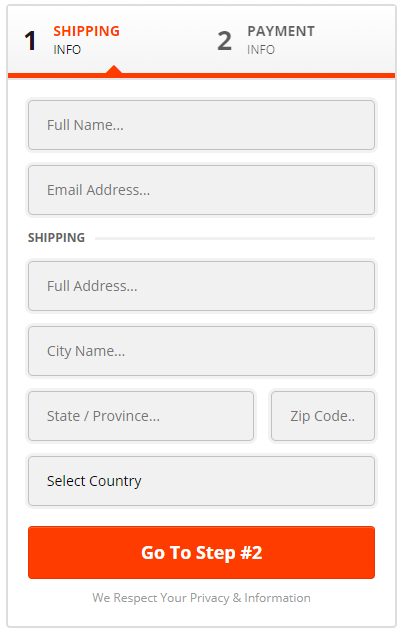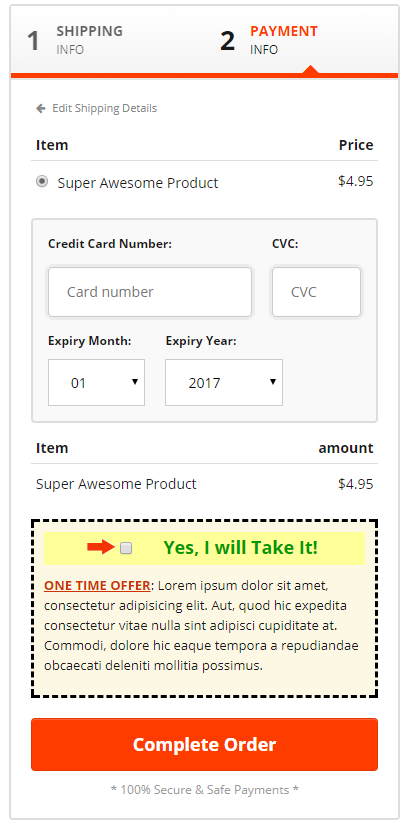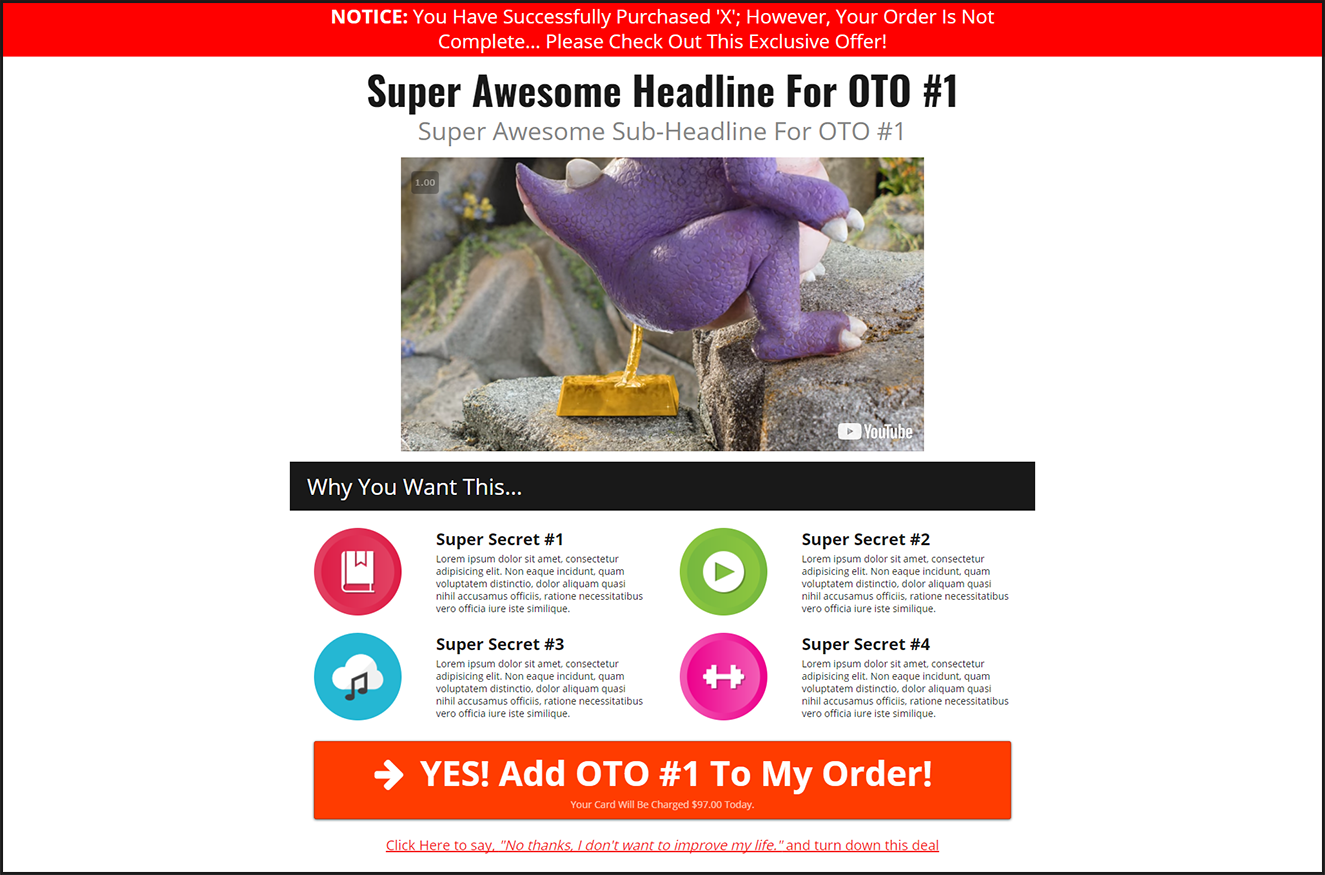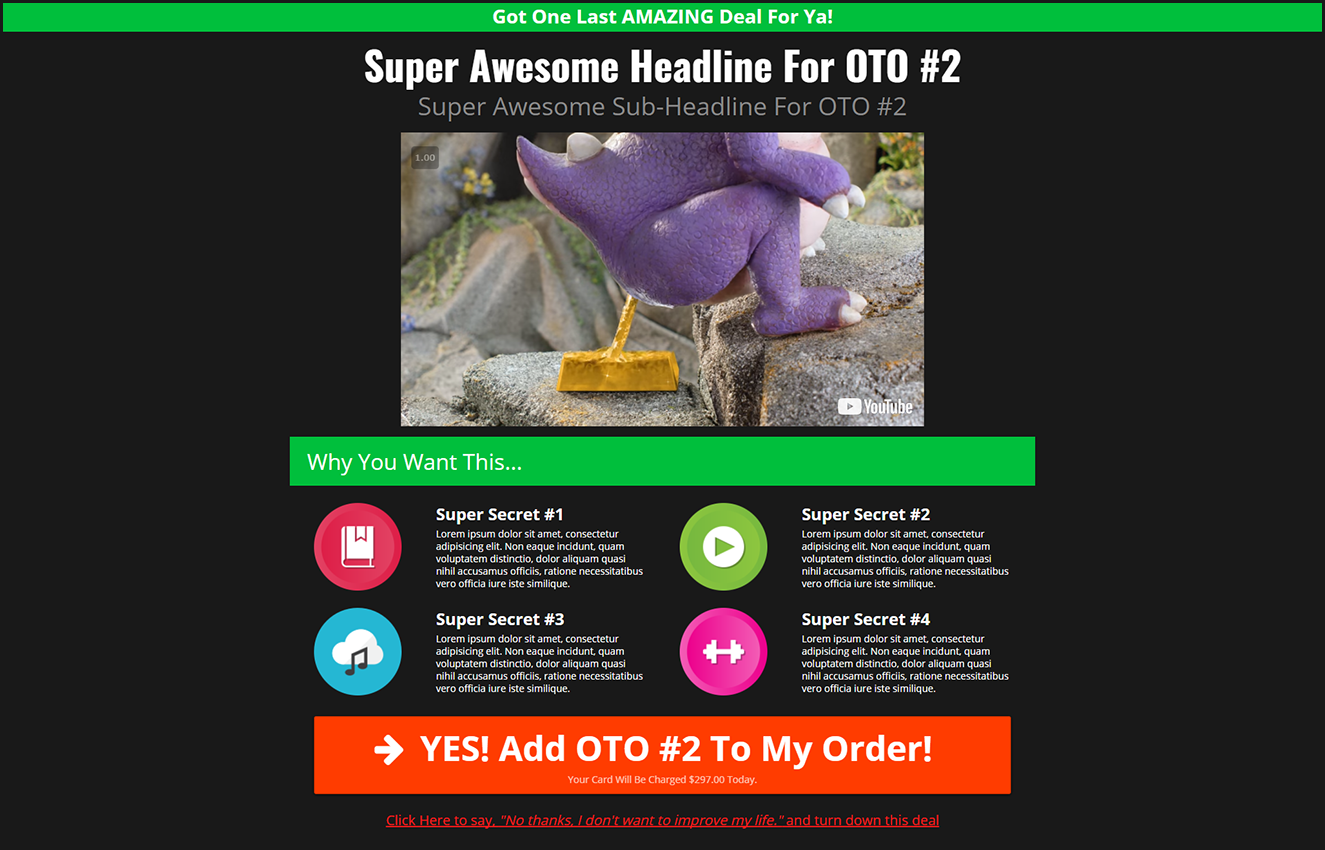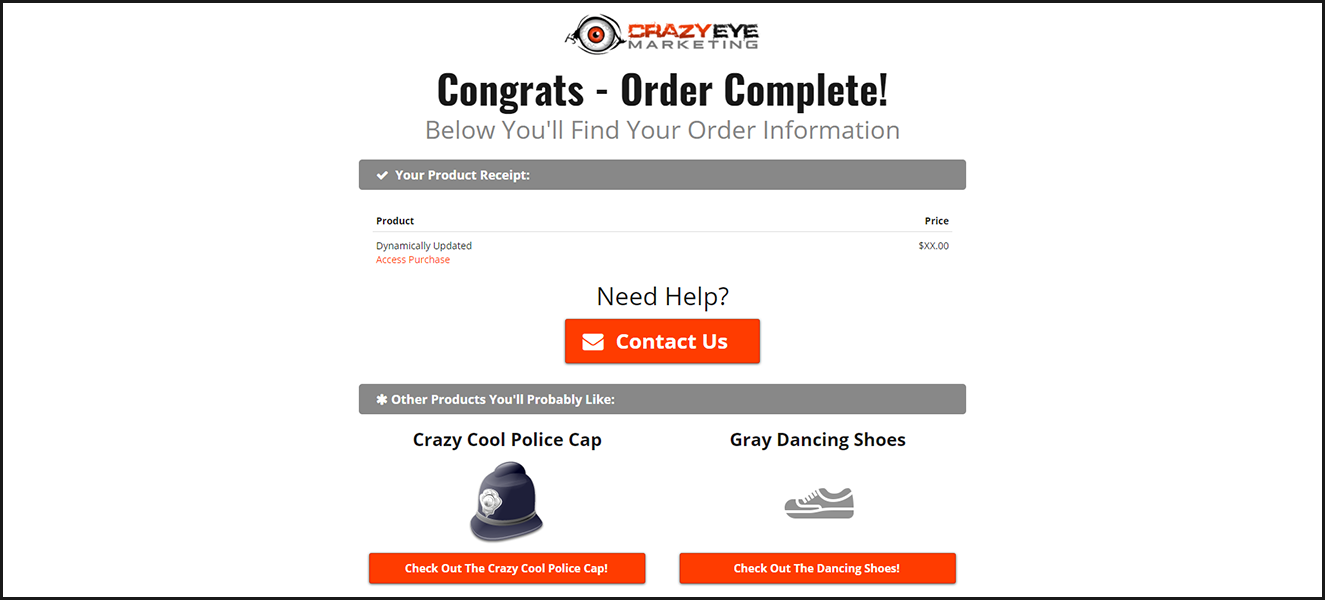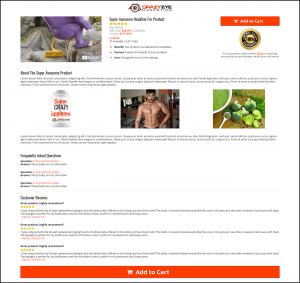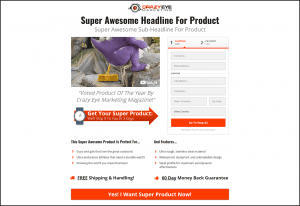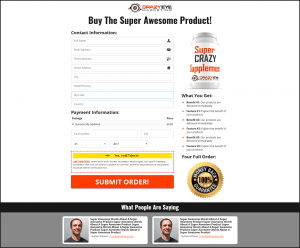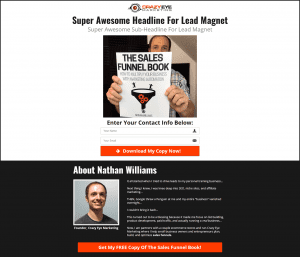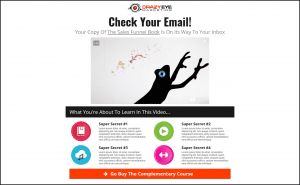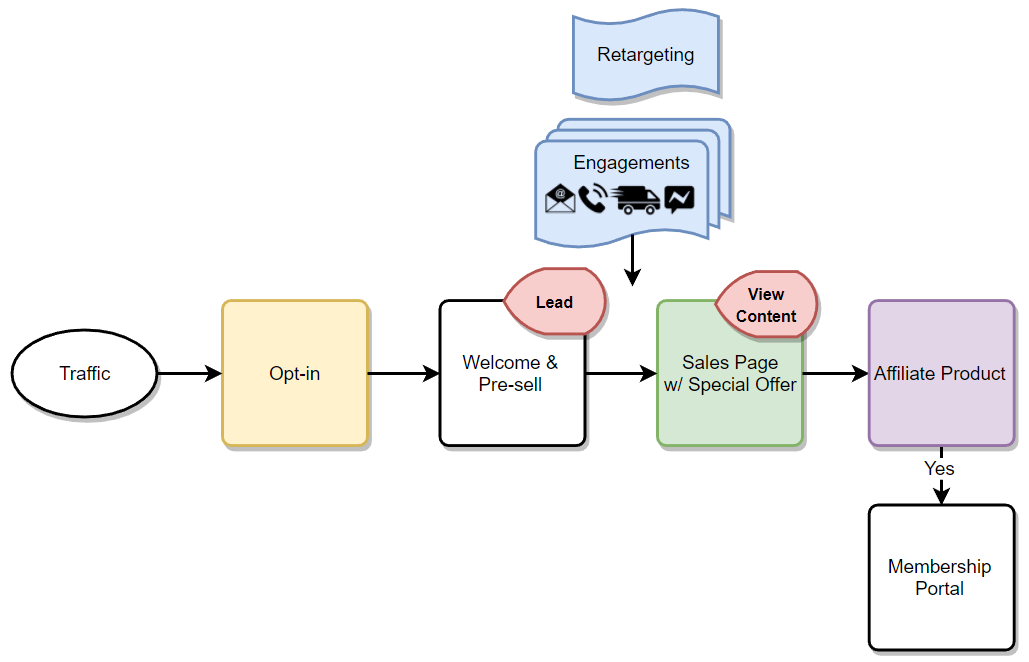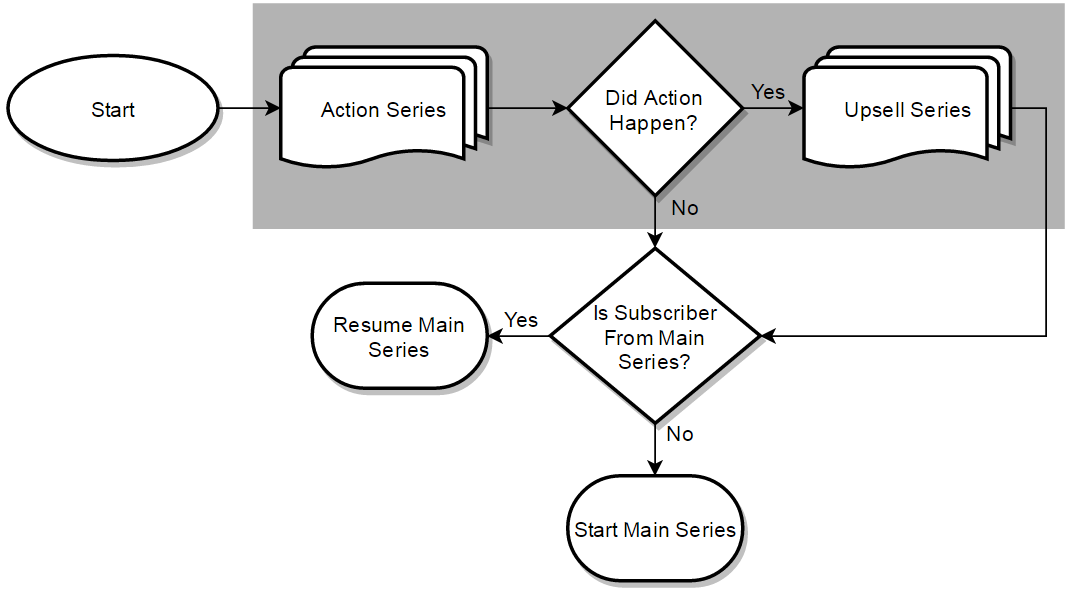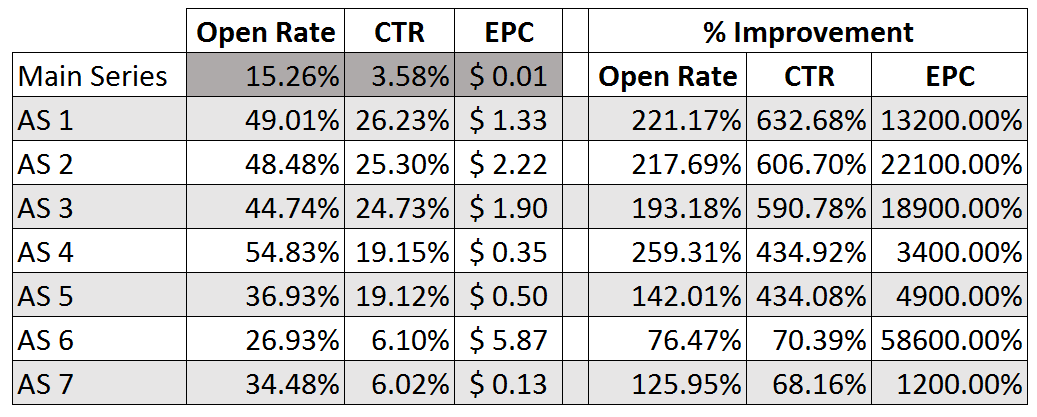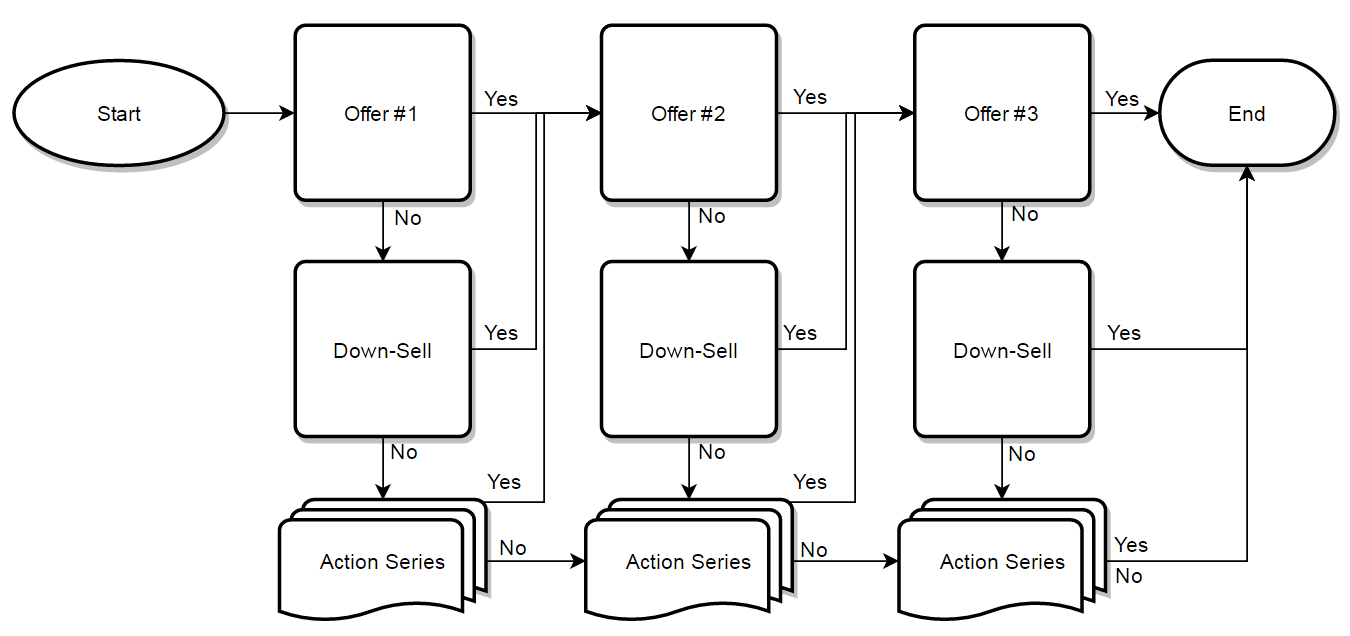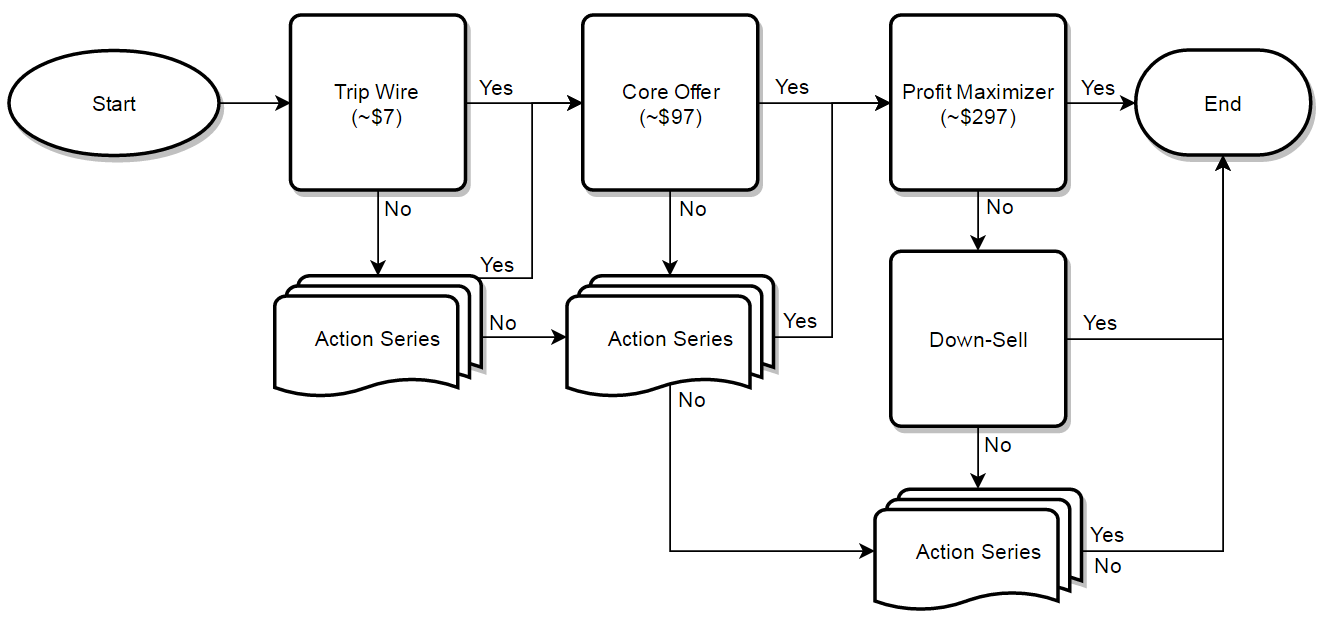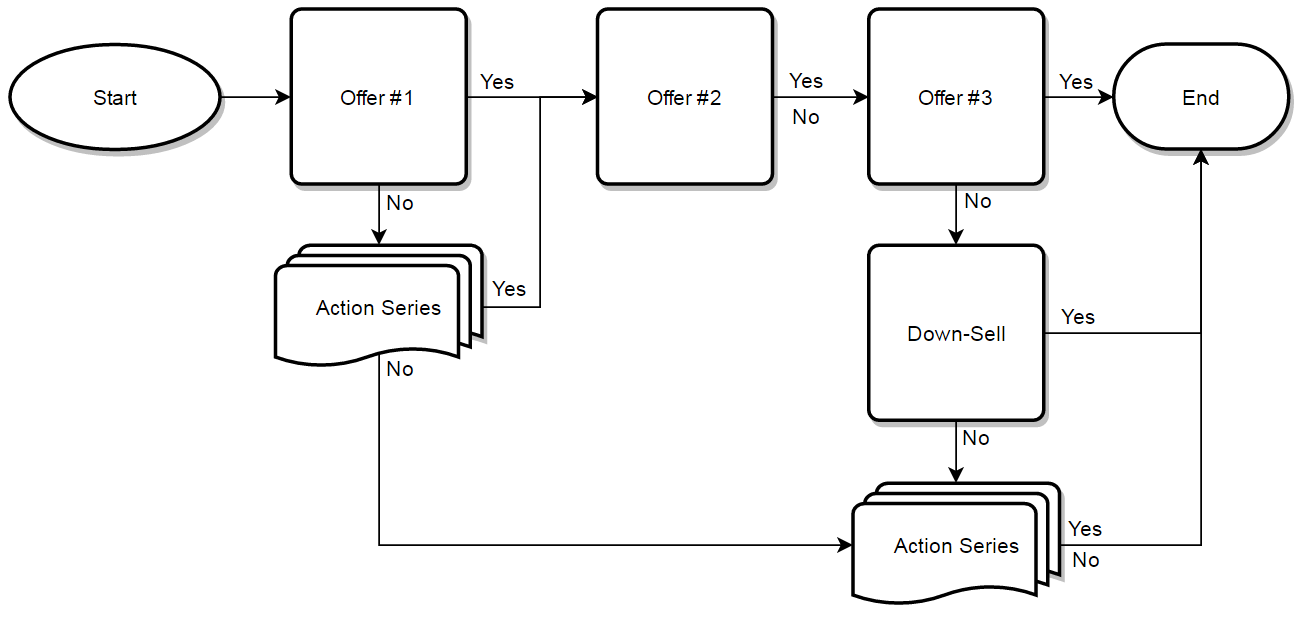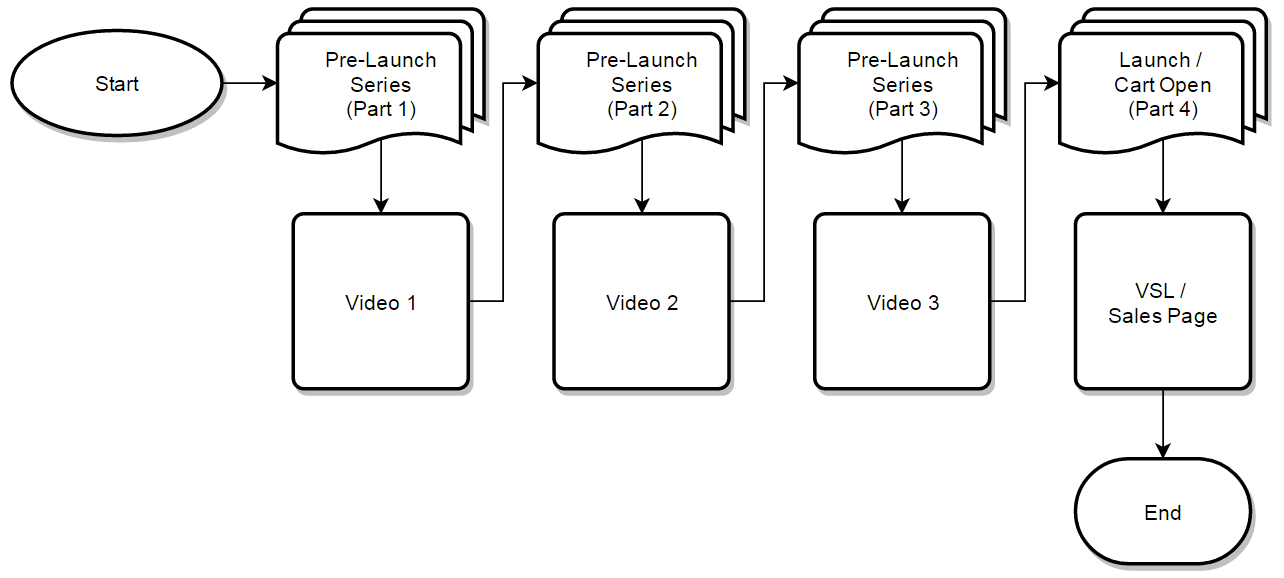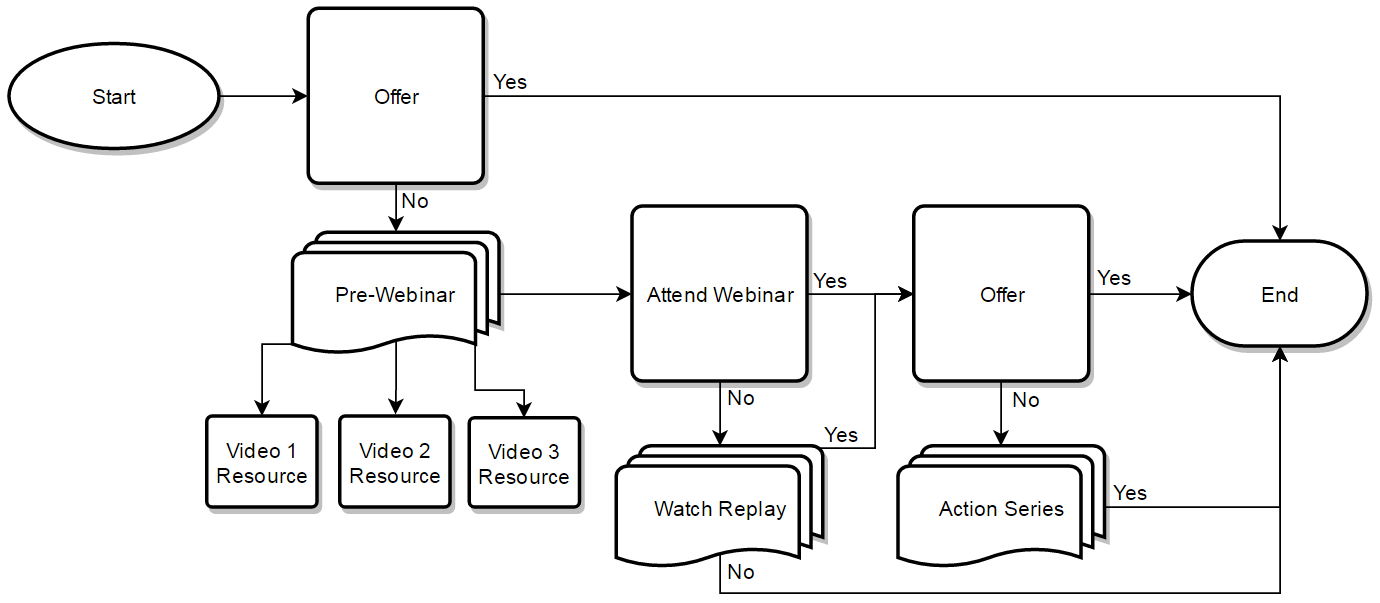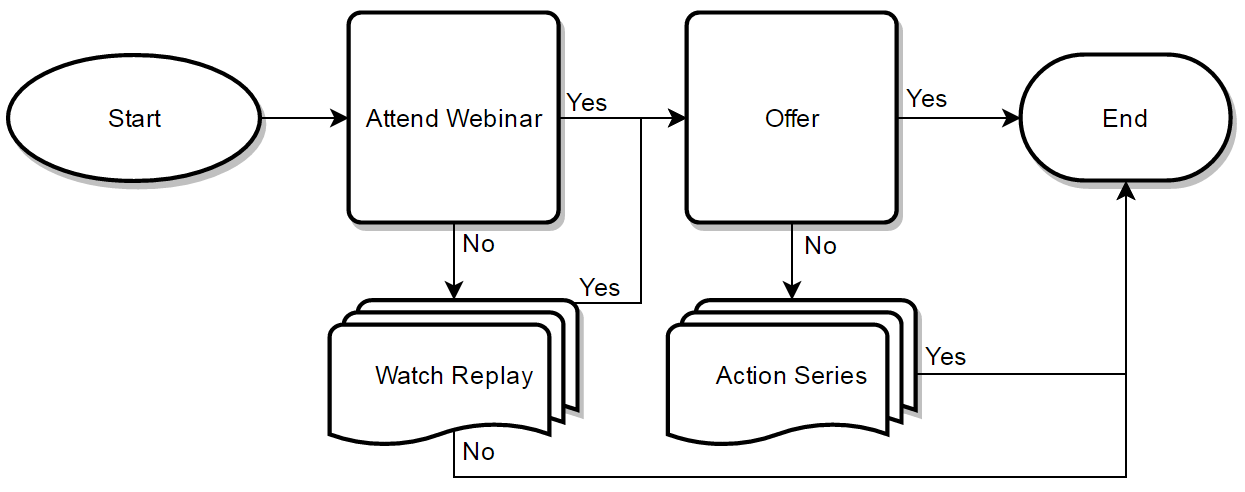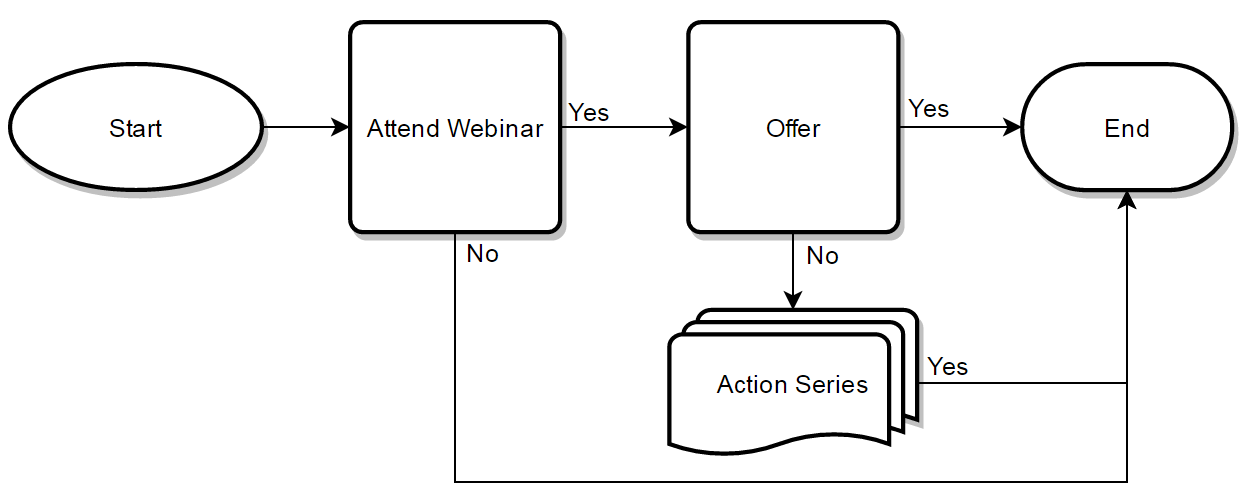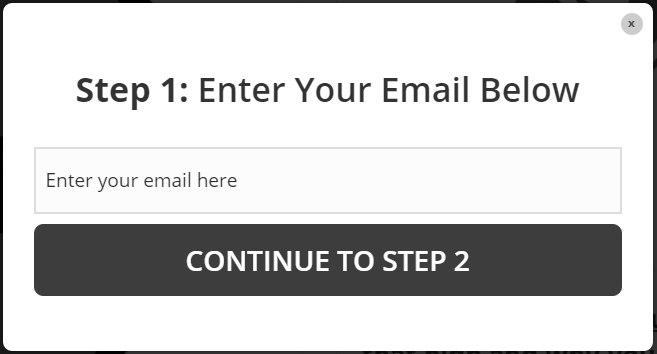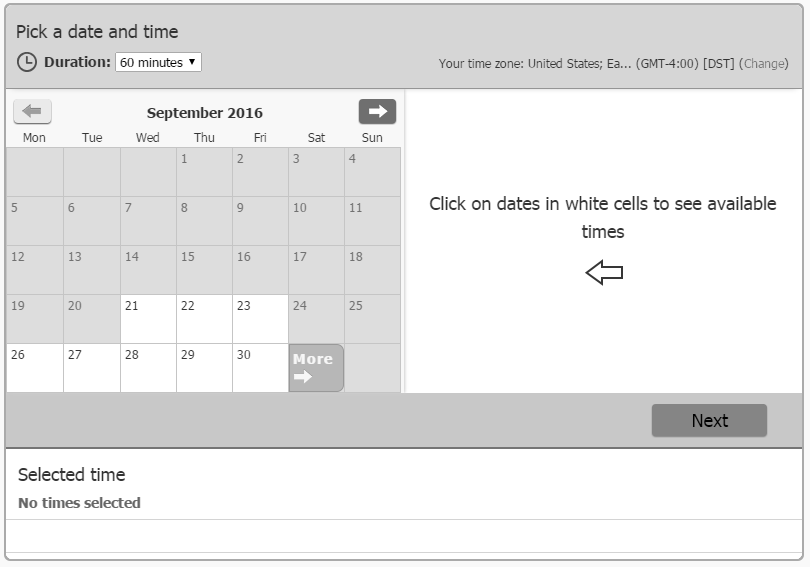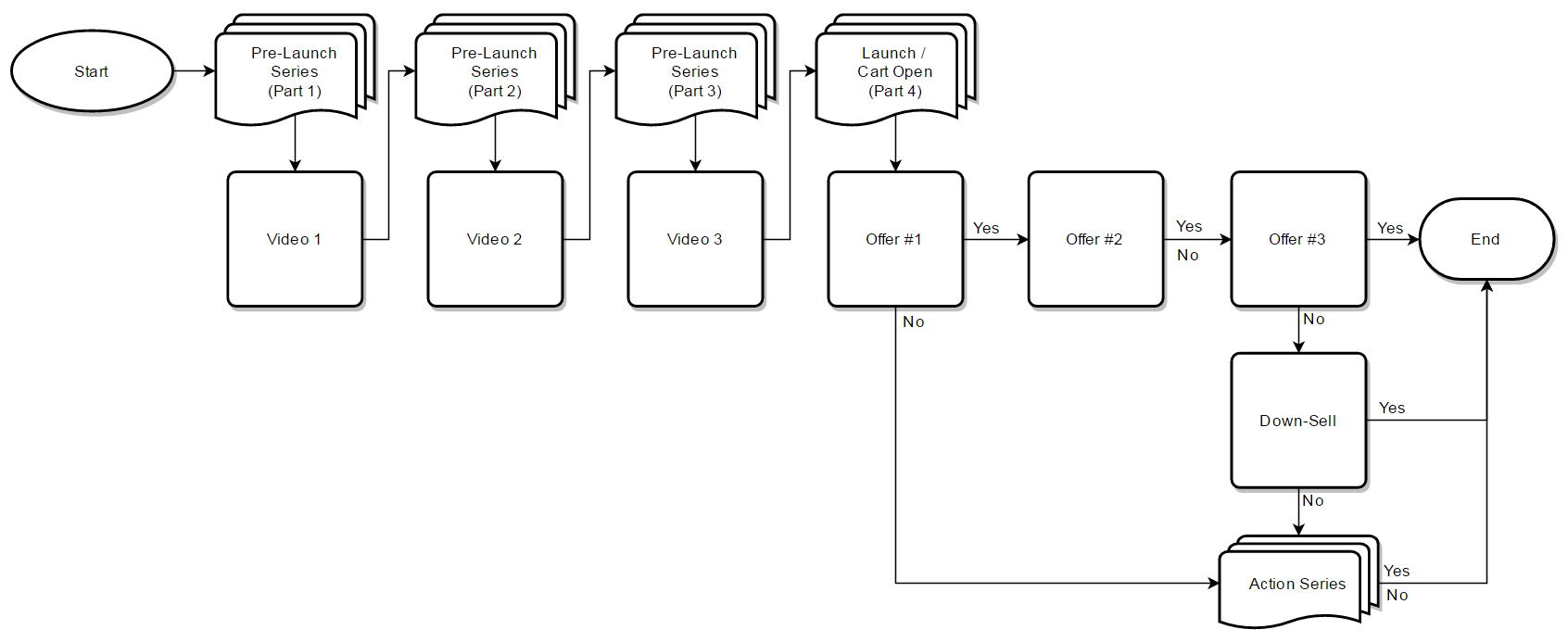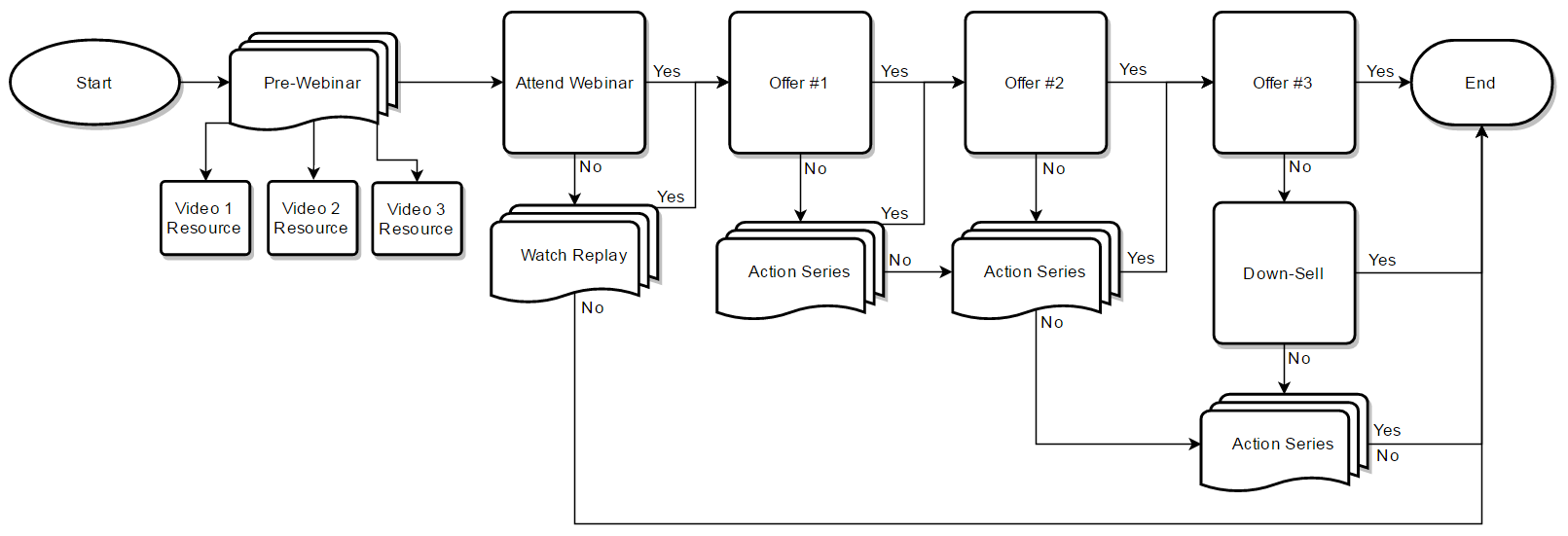The Ultimate Guide To Ecommerce Marketing Strategy
This is the most epic post I've ever written.
It's designed to hand you a full blown marketing strategy for your Ecommerce business that you can implement in less than 7 days.
It's highly actionable, which means you will have to do some work. Work yields results.
You want results.
To help assist you, I've put together a fill-in-the-blank document that can be downloaded by clicking the link below.
>> Click here to download the Ecommerce Marketing Strategy Worksheet & this post in PDF format
If this post fails to help you, it's because you didn't try.
The results you receive are 100% in your hands.
Let's get started.
The Master Plan
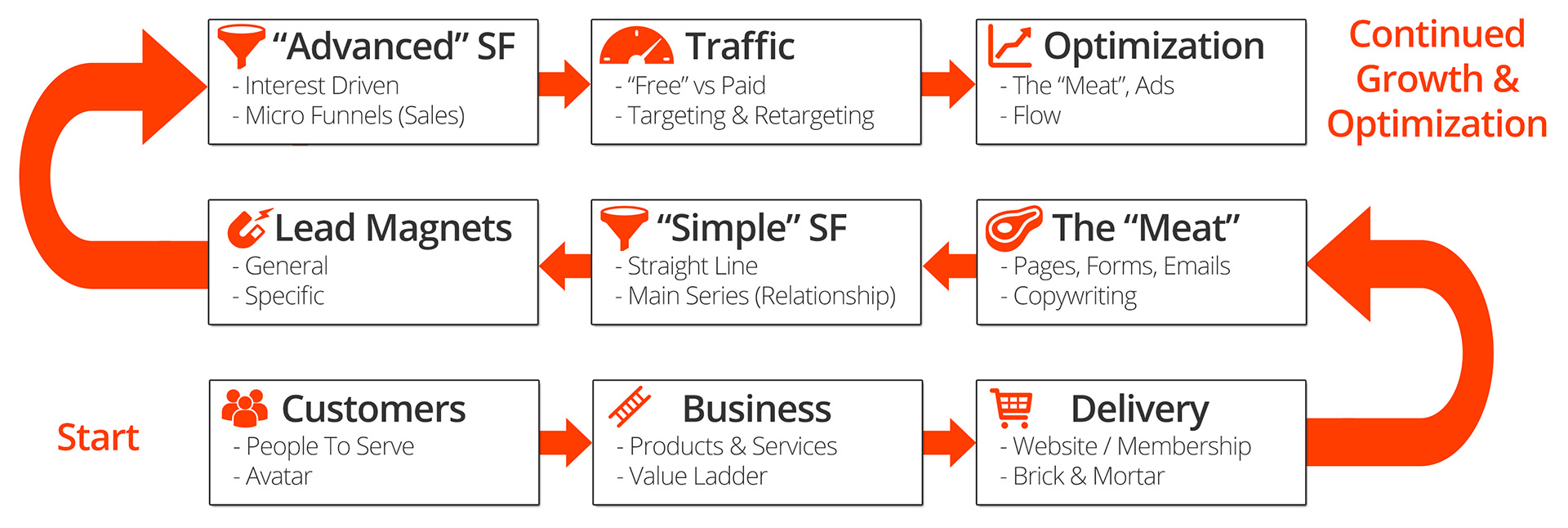
This is the master blueprint we'll be following to build your Ecommerce marketing strategy.
I urge you not to skip ahead to the “cool” stuff that involves automation, tracking, and other nifty tools. Yes, that stuff is fun; however, if you don't have the groundwork laid, you'll wind up spinning in circles and produce minimal results.
So, please, take the 60 minutes to define your customer and your business before moving forward!
Scenarios
I'll be using a couple model businesses in order to provide examples.
- Ecommerce Store #1 – sells cordless power tools like drills, circular saws, blowers, etc. [example site]
- Ecommerce Store #2 – sells women's clothing and accessories [example site]
Note: I have not worked for the example sites, they're simply to give you a visual.
Define Your Customer
There are many ways to define your customer. You can spend days developing the “perfect” customer avatar by conducting research, interviews, and brainstorm sessions, all while filling out a “map”.
Taking the time to do all this stuff is incredibly valuable; however, I know you … and you're not going to do it, so here are a few questions you NEED to answer before moving on:
- What's your ideal customer's name? You need to give them a name!
- James
- Meghan
- Where do they hangout? / How can you get in front of them? Online, offline, certain websites, forums, Facebook groups, etc.
- Google, news websites (CNN, Fox News), direct mail
- Snapchat, Instagram, Facebook
- Where are they in the journey that is life? Baseline demographics, thoughts, desires, fears, etc.
- Middle aged, established career (mid-level), has a house to maintain, a couple of kids, spends free-time with family and playing tennis.
- Just graduated college, attempting to land dream job, single, wants to contribute to society, loves hanging out with friends on the weekends, enjoys adventure.
- How do they see themselves? / How do they present themselves?
- The provider and protector for his family. Dedicated family man. Knows what's going on in the world and has ideas how to fix it. Well read, smartest person in the room.
- One cool, motivated, and forward thinking gal. Self disciplined, hardworking, and able to handle herself. Stylish and on trend. Successful.
- How well do they know your products and industry? Do they “live” it, are they “new” to this world, etc.?
- Knows about tools and which does what; however, doesn't know what makes one model “better” than the other.
- This is her innate style. She knows the products like the back of her hand because she's shopped here many times.
That was easy, right?
All I'm looking for is a simple stream of thought about your ideal customer, that's it!
Customer FAQ:
Q: I have more than one ideal customer, how should I handle this?
A: Yes, you likely do have more than one ideal customer which is great, you'll ask yourself the same questions. I have two recommendations:
1) Make sure they're uniquely different. Make sure where they hangout is different, where they are in the journey of life is different, and how they see themselves is different.
2) Start with your top 1 or 2 ideal customers. The ones that are 80% of your business. You can always add more “ideal customers” later on, and I recommend getting the low hanging, obvious fruit first.
To Do
Answer the questions above.
>> Click here to download the Ecommerce Marketing Strategy Worksheet & this post in PDF format
Define Your Business
While we're about to talk extensively about the products and services your business offers, there's more to your business than what you sell.
You likely have a reason for being, a “why”, a mission, a purpose … something that made you launch your business.
Even if you originally started your business for the sole purpose of making money, after having customers and serving people, you've likely started to develop a purpose or mission – and that's OK.
Examples:
- We make tool buying simpler. Our customers don't have to worry if X battery fits with Y tool, they'll be able to easily identify what goes with what.
- We offer women unique, fashionable, and fun clothing that can't be found anywhere else.
Your Business's Personality
Unless you're a massive, global brand that's openly traded on the stock market and has hundreds of thousands of people to keep happy, you have the opportunity to stand out by injecting personality into your business.
In fact, in this day and age with competitors like Amazon, you're going to need personality to stand out from the crowd.
You can't simply be a generic Ecommerce business; you'll eventually starve.
Tips For Figuring Out Your Business's Personality
- You be the personality. This one is pretty simple and obvious, especially if you're operating as a solopreneur. Let your personality shine!
That first one was a “gimme” as it's the easiest; however, if you have multiple people creating content for your business, you really need to take the time to figure out your business's personality so it stays consistent. Here are a few ways:
- 1 or 2 steps ahead. Remember when you defined, “How your ideal customer sees themselves”? Be that person, but one or two levels ahead so you're positioned as the authority.
- For example, I'm a dedicated family man and provider for my family, just like you; however, I'm also an independent contractor so I know these tools like the back of my hand
- Another example, I'm a cool, motivated, and forward thinking gal that's self-disciplined, just like you; however, I've moved up the career path and am now a manager that's responsible for hiring, so I know what employers want to see.
- Be just like your ideal customer. It's a fact, people like people like themselves. Be like your ideal customer on every level, “where they are in the journey that is life” and “how they see themselves”.
Your Products And Services
This step is important.
With Ecommerce businesses, there are two ways to think about your products and services:
- At the point of sale
- As a whole
Every Ecommerce business NEEDS to have the point of sale “stuff” figured out because it's the fastest and easiest way to increase order size.
The “as a whole” concept may or may not apply to your business in its current form. It's the holistic, high level strategy that encompasses your entire business.
At The Point Of Sale
You're going to have to map out your products, services, and how they're interconnected sooner or later and if you don't take the time to map them out now, you'll likely do a half-assed job later while you're piecing your funnel together.
So, for your sake, take the 30 minutes to get these pieces down!
Steps:
- Write down your top selling product across 3 different categories
- Example, the “Journeyman Drill” in drills, the “Apprentice Saw” in circular saws, and the “Master Blower” in blowers
- Example, the “Blue Dress” in dresses, the “Black Yoga Pants” in active wear, and the “Floral Print” in tops
- Write down the next level product up and/or down from the top selling product (up-sells and down-sells)
- Example, for the drills, there's also the “Apprentice Drill” (cheaper than the “Journeyman Drill”) and the “Master Drill” (more expensive than the “Journeyman Drill”)
- Example, for the active wear, there's also “Black Yoga Pants With A Stripe Down The Leg” (more expensive than regular ol' yoga pants)
Note: Sometimes it's hard to identify a “clear” up-sell and/or down-sell for a particular product, and that's okay. Sometimes the product is what the product is – there aren't higher or lower quality versions of it, it happens. Don't fret over not having up-sells and/or down-sells, as there will still likely be cross-sells!
Idea: Sometimes, more or less of a product can be the up-sell/down-sell.
- Write down all the products that complement the 3 product categories (cross-sells)
- Example, drills (category) – drill bits, extra batteries, eye protection, hearing protection, stud finder
- circular saws – saw blades, extra batteries, eye protection, level, ruler, etc.
- Example, active wear (category) – shoes, watches, hair bands, sports bras
- dresses – shoes, watches, purses, belts, sunglasses
- Example, drills (category) – drill bits, extra batteries, eye protection, hearing protection, stud finder
WARNING: You can get too into the weeds here, especially if you offer a lot of products. I highly recommend keeping complementary products at the category level unless it makes absolute sense to go down to the product level. For example, let's say there's a magical drill bit that only works with one specific drill, and you really want to sell those drill bits, then OK. Otherwise, keep it at the category level or you'll drive yourself insane.
At this point, you should have 3 to 9 products written down from 3 different categories as well as a handful of complementary products for the 3 categories.
As A Whole
As I alluded to earlier, the Value Ladder concept I'm about to explain may not align with your business in its current form.
If your business doesn't “fit” this concept right now, it's fine. You should still take the time to develop a vague idea of what you “think” you want. You'll still have some direction this way.
Other businesses may already embody this concept, which is awesome! However, I still want you to read this section and write down what you have in place.
The concept of a Value Ladder, is simply your products and services mapped in ascending order of value and price that is normally delivered over the customer's lifetime with you.
Think of it like this:

I'll address Lead Magnets in greater detail later in this post; however, for the time being, think of them as a “freebie” (like a coupon) you give to prospective leads and customers in exchange for their contact information.
Initial Offers are lower priced products that are supposed to be irresistible and “get people in the door” and give people a “taste” of what's to come. Normally, the goal is to break even on initial offer products.
1st Tier Offers are the first set of products that will net you a profit. They're probably less than $200 and likely bring in 80% of the sales.
2nd Tier Offers are the “next” level products to the 1st Tier. They're normally “what people need” after the 1st tier has been completed.
Top Tier Offers are the “end all, be all” of what you have to offer. They're the kitchen sink and the best you've got.
Examples:
Cordless Power Tools Store
- Lead Magnet: 20% off coupon
- Initial Offer(s): House Maintenance For Dummies book, simple project kits to build with kids (like a birdhouse kit)
- 1st Tier Offer(s): Cordless power tools (drills, circular saws, blowers, etc)
- 2nd Tier Offer(s): High end toolboxes, work benches, etc.
- Top Tier Offer(s): Custom built workshop sheds
Women's Clothing And Accessories Store
- Lead Magnet: 20% off coupon
- Initial Offer(s): Sunglasses, T-Shirts
- 1st Tier Offer(s): Sun dresses, swim suits
- 2nd Tier Offer(s): Business attire (suits, dresses)
- Top Tier Offer(s): Formal wear, wedding dresses, etc
I want to clarify something, people do not have to ascend in this fashion. Some people will show up and want the Top Tier product right away – that's awesome, sell it to them! Other people will only buy 1st Tier Offers, while others will only buy the Initial Offer and then vanish. It happens.
However, in an ideal situation, you'll want to be able to provide value to your customers at every level you possibly can. If there's going to be something else they need from your type of business, you might as well be the one to give it to them, or they'll wind up going elsewhere!
To Do
- Write down your business's “why” (why do you exist?).
- Write down, “who” your business is going to be (its persona).
- Write down your Point Of Sale products (you should have 3 to 9 products [top seller + up-sell/down-sell] written down from 3 different categories as well as a handful of complementary products for the 3 categories.)
- Write down what your Value Ladder is, what you “think” it is, or where you want it to go.
>> Click here to download the Ecommerce Marketing Strategy Worksheet & this post in PDF format
Delivery
As an Ecommerce business, your “delivery system” is already setup, ie. your store.
However, there's a couple things you should do RIGHT NOW that'll directly increase revenue:
1) Add Up-Sells, Cross-Sells, Down-Sells, And Bonuses To Orders
“People who bought this also purchased this.”
“Don’t Miss This Limited Time Offer!”
“Spend $3.37 more to qualify for free shipping.”
You’ve seen these lines used many times in many places. Why? Because they work. Are you using them?
If you mapped out your “Point Of Sale” products (the top selling products in 3 different categories and their up-sell/down-sell versions, plus the cross-sell products for the 3 categories) like you were supposed to 😉 , this part should be a piece of cake!
Depending on your business, how it’s setup, and the platforms you use – the implementation method will change; however, it’s certainly worth figuring out!
Fortunately, many shopping cart platforms have this functionality built in or have plugins that make this a piece of cake:
2) Add A Cart Abandonment Email Series
According to the Baymard Institute, 67.19% of shopping carts are abandoned.
67.19%!!!!!
While there are a hundred reasons a person doesn’t finish checking out – their credit card is upstairs and they’re downstairs, they’re at work and don’t want to enter their credit card info on a work computer, etc … one thing remains true, you’re missing out on sales.
After reading through about 15 case studies on cart abandonment recovery, it appears roughly 10% or more abandoned carts can be “won back” by simply sending a few reminder emails. A plugin can handle this automatically.
Like the up-sells, cross-sells, down-sells, and bonus options, the “how” will change depending on your system; however, being able to recover 10%+ of your lost sales makes it well worth figuring out!
To Do
- Add up-sells, down-sells, cross-sells, and bonuses to your store
- Add a cart abandonment email series to your store
>> Click here to download the Ecommerce Marketing Strategy Worksheet & this post in PDF format
The “Meat”
The “Meat” represents all the content your sales system consists of. This includes …
- Sales Pages / Product Listings
- Squeeze Pages / Landing Pages / LeadPages (whatever you want to call them)
- Emails
- Blog Posts
- Social Media Posts
- Everything…
All content needs to have a purpose. Whether the purpose is to sell a product or service, capture contact information, position yourself and your business as the authority, make someone laugh, whatever … it needs a reason for being.
If you're doing things to “check the box” or putting out bland, generic content – STOP! You're wasting your time.
I see too many businesses start blogs and write utterly useless, uninteresting crap. Or, even worse, they pay some guy or gal in the Philippines $6 for 1,000 words of pure, unintelligible garbage to try and “please” the almighty Google.
You're not going to please Google and you're not going to please people (which are more important than Google as they have the cash).
Everything you do and create needs to have a purpose.
The best way to understand this “purpose” is by studying the art and science of copywriting.
In simple terms, copywriting is a form of written or spoken word that convinces people to take action – ie. buy stuff.
It's very intentional and purposeful.
You Need Copywriting Skills
While you will not develop great copywriting skills overnight, or possibly ever if you don't work at it, it's still a concept you need to understand.
Knowing how to spur action with written word is critical to your Ecommerce store's success.
Ok, I'll get off my soap box now and get to some actionable stuff you can apply today!
Copywriting Tip #1
Write to your ideal customer.
Always consider where they are in life, what they're going through, how they see themselves, and how well they know your products and industry.
If your ideal customer is someone that's brand new to your business and industry, you'll likely need to be more educational and descriptive in your content, as opposed to someone who “knows” your business and industry. If your ideal customer “knows” you, you can be more entertaining, share inside jokes, etc.
Copywriting Tip #2
Write from your business's persona (you should have figured this out earlier 😉 ) – write how they talk.
This means using pronouns like I, me, you, we, he, she, etc.
This means using slang, jargon, and emotion like … (ellipses), YOLO!, naw, etc. (Of course, use what makes sense for your ideal customer. If you sell life saving medical supplies, being “goofy” probably isn't the best idea)
This means asking questions of the reader like, “Do you understand this copywriting “stuff”?”
People like doing business with people, so, be a person!
Don't be a generic machine. You're not a news source, you don't need to be some “better than thou” figure that doesn't have emotion.
Copywriting Tip #3
Remember when you defined where your ideal customer is in the journey of life and how they see, or present, themselves? (I hope so!)
What you need to do is take “where they are now”, “how they see themselves”, and bridge that gap with your product or service.
This is a marketing formula, aptly called, the Before-After-Bridge.
And, just because it's called the “Before-After-Bridge” formula doesn't mean you necessarily have to structure your words in that manner. Ultimately, you want to connect your product to how people see themselves.
Examples:
- You may be tired after a long day at work; however, your kids are going to love building this birdhouse kit with you!
- We know you're one hardworking, successful gal. But, do you look it? Show up to the office in our Blue Dress and look the part!
Copywriting Tip #4
Another marketing formula that works wonders and is easy to understand is the Problem-Agitate-Solve formula.
It first defines the problem, then addresses the pain/feelings/emotions caused by that problem, and then solves the problem with your product.
Examples:
- Is your wife nagging you about hanging pictures on the wall? Grab our Journeyman Drill with a free level and ensure your pictures are straight! No more nagging!
- Tired of job interview after job interview? That can really hurt your confidence going into future interviews, but there's good news! If you look good, you feel good – our Black Pant Suit will give you the confidence you need to really nail your next interview!
Copywriting Tip #5
List the features of your product, then say “which means”, and write that answer down. Ask “which means” again. And again. Pick the best one and list it as a bullet on your sales page, product listing, etc.
Examples:
Cordless Power Drill
- “Lightweight and compact design” which means “it's easy to maneuver” which means “it easily fits into narrow spaces” which means “there's nowhere too small or narrow for you to drill a precise hole”.
- “Lithium Ion Technology & 20V MAX” which means “the battery lasts 10 hours on a single charge” which means “you don't have to worry about charging it every time you want to use it” which means “it's ready when you are”.
Yoga Pants
- “87% Nylon 13% Spandex” which means “they feel nice and stretchy” which means “you'll be comfortable when you workout” which means “you'll get in a good workout and reach your fitness goals quicker”
- “Moisture wicking” which means “you won't be basting in your own sweat” which means “you won't smell bad” which means “people will appreciate you”
Ok, sorry about that last one … I feel weird talking about women's yoga pants and should have chosen another product, alas I did not! However, I believe the concept was still clear.
The “Other” Stuff
If you understand copywriting, or at least the concept of producing content with purpose – the “other” stuff is technical.
How to create opt-in forms, pages, design emails, etc. is all technical. Sure, it takes time to learn and understand; however, it's not what's truly important because tools will come and go.
There will always be a new social media platform, or a new way to contact your customers, or a better Ecommerce platform, but copywriting and having a purpose behind your content is what truly matters. It's the meat and potatoes.
Learn everything you need to about the “other” stuff by joining The Sales Funnel Training Vault!
To Do
Armed with your newly found copywriting skills I want you to review the 3-9 products you identified earlier (the top selling products in 3 different categories and their up-sell/down-sell versions) and, if they're lacking on copy – update them!
As time permits, do the same for the complementary products you identified earlier.
Ultimately, you should review and update all product listings and sales pages.
>> Click here to download the Ecommerce Marketing Strategy Worksheet & this post in PDF format
The “Simple” Sales Funnel
The “Simple” Sales Funnel or “Straight Line Sales Funnel” is simply a fancy way of saying “email autoresponder series.”
An email autoresponder series is a series of emails automatically sent to a subscriber.
While email autoresponder series and automations can be very complex, as we'll discuss later with the “Advanced” Sales Funnels section, in this “Simple” section we're only going to talk about sending emails in a straight line.
Think of it like this:
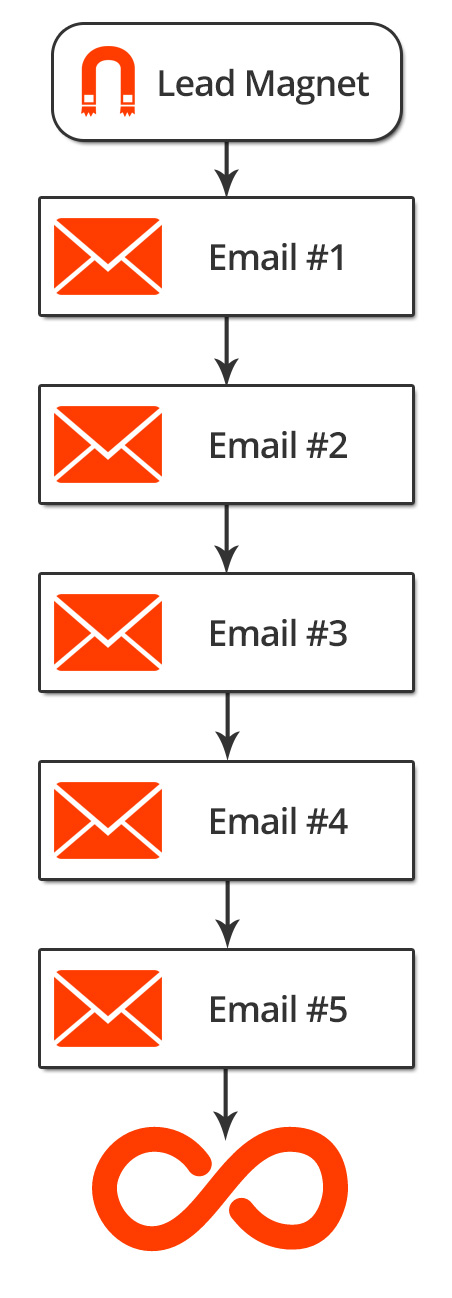
What's The Point?
I'm glad you asked! We're building this email series for a few reasons:
- This email series will automatically build and maintain a relationship with your leads and customers while simultaneously converting them to your way of thinking
- This will serve as the backbone for more complex email automations we'll later build on
- Your personal understanding. If you have trouble making emails trigger in a straight line, when we get into more advanced topics you'll really struggle
How Many “Simple” Sales Funnels Should You Have?
Most of the time, you will only need one. The type of content you send in this funnel will be interesting to people interested in your type of business or industry.
For example:
- People who are interested in home repairs
- People who are interested in women's fashion
There are a few instances where you may need 2 or more, for example if you sell nutritional supplements, your customers are tremendously different. One half of your market may only be interested in losing weight while the other half is interested in gaining weight and putting on muscle (complete opposites). In this case, you would likely want 2 different “simple” sales funnels.
If you have more than one “simple” sales funnel, you'll need to segment individuals at the very beginning by asking them “who” they are.
What Type Of Content Should You Send?
Remember, the point of this particular sales funnel is to build and maintain a relationship and convert them to your way of thinking.
To accomplish this, send 3 types of emails:
- Educational – emails that teach people how to do something, about the market, about what's happening, etc.
- Entertaining – emails that are “fun” like inside jokes, critiques, testimonials, events, etc.
- Earning – emails that remind people you sell stuff like deals, top selling products, etc.
I've aptly named these emails the “3 E Emails”.
Now, this doesn't mean an email can only be 1 of the Es at a time. Like, you can only send a boring how-to tutorial, or only send a silly cat video. That's not what I mean. Your how-to tutorial should be entertaining and can even sell your product at the end. That's like killing 3 birds with one stone!
However, each email should have 1 core focus.
Is the primary aim of the email to educate, entertain, or earn?
- Educational emails tend to build relationships while converting people to your way of thinking
- Entertaining emails tend to build and maintain relationships
- Earn emails tend to ring the cash register
Examples:
Cordless Power Tools Store
- Educational: Send a link to a video on how to properly find a stud in the wall. Have an entertaining host and sell a stud finder at the end of the video.
- Entertaining: Share a success story where a father and his son built a birdhouse together with one of the kits you sell; they then enjoyed watching the birds build their nest and watching the babies learn to fly.
- Earn: Here's a 10% off coupon available for the next 48 hours.
Women's Clothing And Accessories Store
- Educational: Talk about what's “in fashion” this season. Be entertaining in the process while also selling the latest fashion.
- Entertaining: Send a “who wore it better” with side by side comparisons of people wearing your clothes. Depending on your brand and personality, this could be really silly like comparing a female in a dress compared to a male in a dress.
- Earn: Here are our top selling items across 3 different categories.
Where Do You Get Content?
Ideally, your emails will bring people back to your website and your store. Of course, this requires a blog or pages setup to present the content.
If you lack your own content, I recommend you change that ASAP.
And remember, content doesn't necessarily mean blogging. While you still want to display the content on your site to “bring people back”, it can mean, video, audio (podcasts), images, etc.
For example, if my brother is your target audience, blogging is a terrible idea. He doesn't read anything and you need to draw him in with video.
HOWEVER, and it's a pretty big one – Google can't really “watch” videos. It won't matter how good your video content is from a search engine perspective. Blogging is still the #1 way to rank in the search results.
The Most Epic Blogging Strategy Of All Time
- Write the most epic post for your ideal customer, as it relates to how they see themselves and how it relates to your business/industry. If that is too esoteric, think of it as, “How does your business help people go from point A (where they are now) to point B (where they want to be/how they see themselves).” (3,000+ words)
- 101 Home Improvements You Can Do With Just A Few Tools
- Your Complete Summer 2016 Fashion Guide
- Write more in-depth articles for each individual section of your “epic” post. (500-1,000 words)
- 9 Steps To Fixing A Leaking Faucet
- Why Bright Colors Are “In” This Summer
- Write case studies, testimonials, reviews, etc. and/or create videos and/or pdf checklists for each of the “more in-depth” articles. (500-1,000 words and/or 3-5 minute video and/or a 1 page checklist)
- A video tutorial that shows how to fix a leaky faucet
- An article and picture gallery of 10 “hot” celebrities wearing bright colors
Of course, you link your products as they “fit” the particular articles.
How Often Should You Email?
As often as is necessary.
Wow, Nathan – that's helpful.
This answer varies from industry to industry; however, normally – two to four times a week. The first 3-5 emails are sent daily, no matter what, because this is when the lead is “hot”.
During the “Advanced” Sales Funnel portion, there will be more instances where you email daily because the lead will “tell” you they're “hot” again.
To Do
- Write down 3 EPIC blog post ideas
>> Click here to download the Ecommerce Marketing Strategy Worksheet & this post in PDF format
Lead Magnets
A Lead Magnet can best be thought of as the freebie or offer that motivates individuals to give you their contact information.
Many times, in the Ecommerce world, a coupon or discount works well as a Lead Magnet.
A few more Lead Magnet examples include videos, guides, checklists, and webinars.
There are two types of Lead Magnets:
- General
- Specific
General Lead Magnets
A General Lead Magnet is attractive to anyone who visits your Ecommerce store and is usually presented as a form on most pages of your site. The form can be a lightbox, bar/ribbon, landing mat, sidebar, slide-in, etc.
For example:
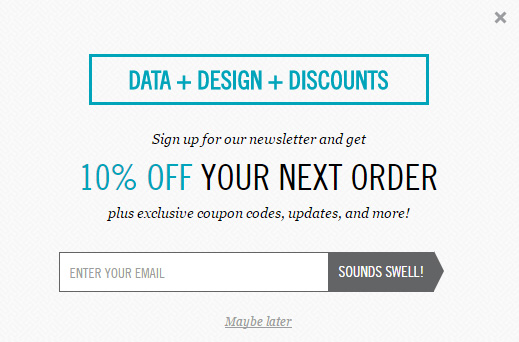
From Pop Chart Lab (lightbox on homepage)
Anyone that visits this particular store will likely be interested in 10% off their order.
Specific Lead Magnets
A Specific Lead Magnet is attractive to individuals interested in a certain product or category of products and many times is presented as a Squeeze Page (although, this isn't always the case).
What's a “Squeeze Page”?
A Squeeze Page is a page dedicated to one thing and one thing only – “squeezing” the email address (and possibly other contact info) out of a visitor, turning them into a lead.
Here's an example:
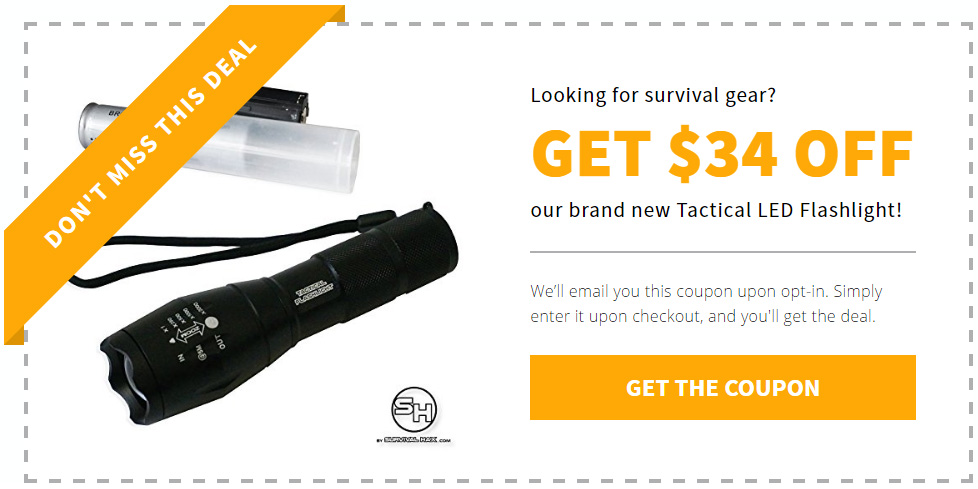
From Survival Hax.
That's an entire page. The only option is to click the “Get The Coupon” button which opens an opt-in form and requests an individual's first name and email.
Only people interested in receiving that specific flashlight would be interested in requesting the coupon.
99% of the time, paid traffic should be sent to dedicated Squeeze Pages like the example
You can follow up with emails that “push” the particular item to individuals that don't buy right away.
In addition to Squeeze Pages, you can present opt-in forms that present Specific Lead Magnets.
For example, if someone is looking at cordless drills, you can present a lightbox opt-in form with a Specific Lead Magnet for 20% off the purchase of a cordless drill.
Coupons Aren't Always The Best Option
I know I just mentioned 2 different Lead Magnets – 1 general, 1 specific that were both coupons; however, coupons may not be the best Lead Magnet.
The only time a coupon is needed is when someone is about to checkout. Not everyone wants to checkout right away. Sometimes, people just want more information. If you offered a coupon to those just looking for information, you'd miss out on collecting their contact information, building a relationship, and making a sale.
The point is, sometimes a video or checklist lead magnet will perform better in the long run than a coupon.
To Do
- Write down 3 General Lead Magnet ideas
- Write down 3 Specific Lead Magnet ideas (probably for your top selling products)
>> Click here to download the Ecommerce Marketing Strategy Worksheet & this post in PDF format
The “Advanced” Sales Funnel
The “Advanced” Sales Funnel is driven by interests, hence, it's other name the “Interest Driven Sales Funnel.”
Essentially, people join your email list and based upon which links they click, pages they view, and lead magnets they request – you'll send relevant emails in order to try and sell a product.
Here's what an Interest Driven Sales Funnel looks like:
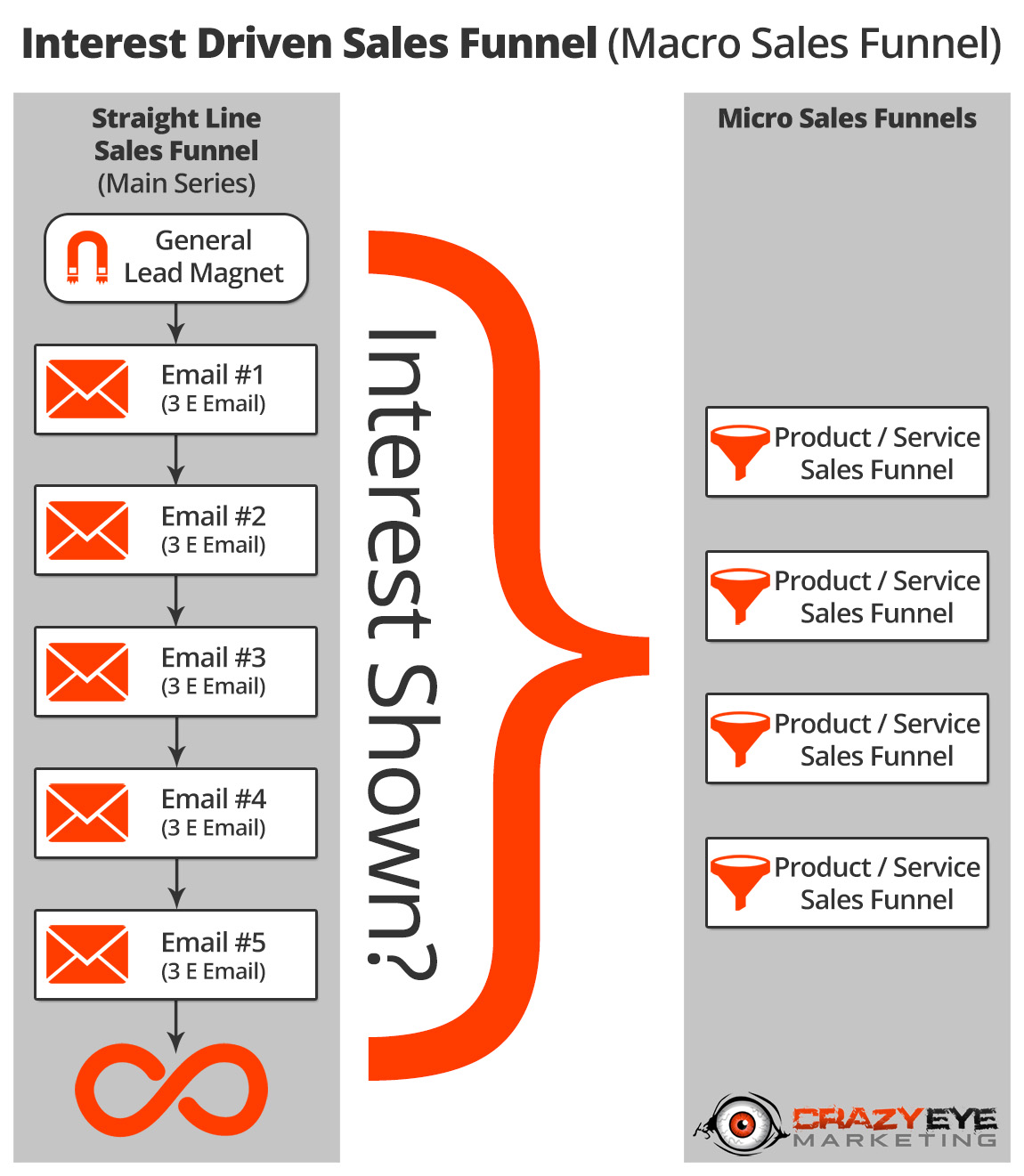
As you see on the left hand side you have your “Simple” or “Straight Line” Sales Funnel (also called the “Main Series”).
As previously mentioned, this autoresponder series acts as the backbone for your Interest Driven Sales Funnel. As it sends emails that follow the 3 E strategy, it automatically pays attention to how people respond to certain emails.
If people respond a certain way (show interest), a “Micro Sales Funnel” (Product / Service Sales Funnel) will automatically trigger. The point of the Micro Sales Funnel is to sell a product or service.
You will likely have lots of Micro Sales Funnels. Ideally, one for each category of products you offer and in some instances, individual products will have their own.
Here's an example of one:
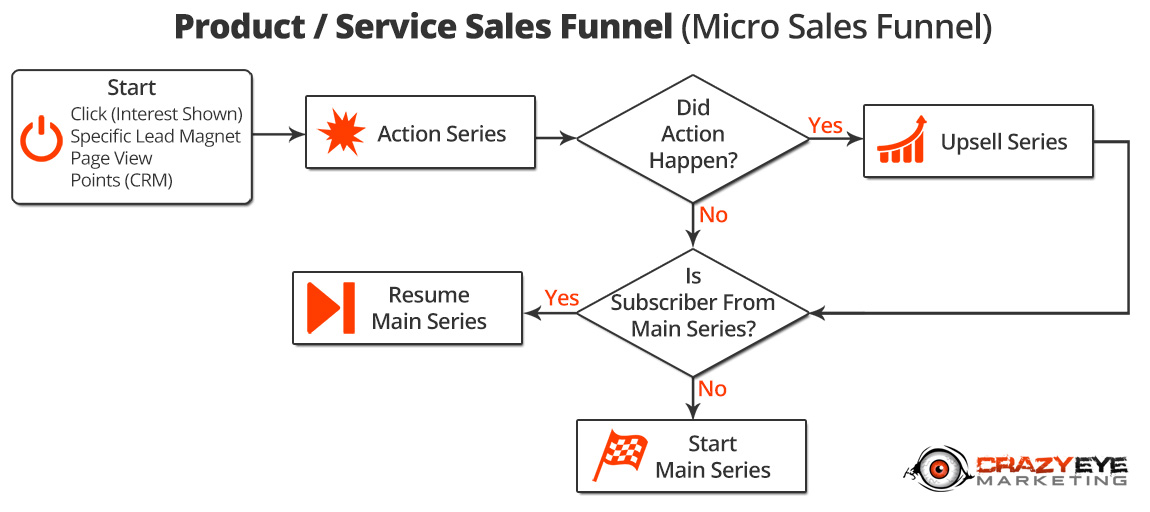
A Micro Sales Funnel may differ from the above example based upon what you're attempting to sell, your Value Ladder, and your approach.
Quick Explanation
No matter what the Micro Sales Funnel looks like, the start and end will look the same.
The Start
The Start occurs when an individual shows interest in a product you offer or a topic you talk about. We can gauge interest by tracking their link clicks, Specific Lead Magnet requests, page views, and via points (if you use a CRM).
The End
The End occurs when an individual has gone through the entire Micro Sales Funnel. If the individual went straight into the Micro Sales Funnel by requesting a Specific Lead Magnet and they have yet to enter the “Main Series” (Straight Line Sales Funnel) – they'll now enter the Main Series starting at the beginning.
If the individual was in the Main Series, showed interest in a product by clicking a link, and entered a Micro Sales Funnel – upon entering the Micro Sales Funnel, their “trip” down the Main Series would have been paused, and upon exiting the Micro Sales Funnel, they'd resume their “trip” down the Main Series.
The Rest
Action Series
A few emails that attempt to drive action, ie. a purchase of the product or category of products the individual has shown interest in.
Did Action Happen?
If the desired action was taken, go to the Upsell Series.
If the desired action was not taken, go to The End.
Upsell Series
An email or two that attempts to sell more, usually complementary, products.
Examples
Cordless Power Tools Store
An individual joins the email list by opting in for a Specific Lead Magnet that offers 10% off all cordless drills. Being that the coupon is only for cordless drills, we know they're interested in them.
We then send 3 emails that talk exclusively about cordless drills.
- Email 1: Features of a “good” cordless drill
- Email 2: The differences between our top 3 selling drills
- Email 3: Reminder that the 10% off coupon will expire in 24 hours
Let's pretend that on Email 2 they purchase one of our drills. We then end that series (we won't send email 3) and launch into our Upsell Series where we send 2 emails that attempt to sell complementary products.
- Email 1: 3 pieces of gear you need to get the most out of your drill (sell drill bits, safety goggles, and a level)
- Email 2: Offer a 10% off any complementary pieces of gear
After completing the Upsell Series, they enter our Main Series from the beginning where we begin to build and maintain a relationship and gauge more interest(s).
Women's Clothing And Accessories Store
An individual has been on our email list and in our Main Series for a few weeks when they receive a 3 E email about “how to dress for a job interview.” They click the link contained in the email.
By clicking the link, we know they're interested in “how to dress for a job interview.” We pause the Main Series and trigger 3 emails that talk about that topic, while promoting our products.
- Email 1: Dresses vs Suits – which lands you the job? (turns out, dresses land jobs more often than suits)
- Email 2: 3 Dresses that'll help you land a job
- Email 3: 10% off any of our dresses
Let's pretend our 3rd email results in the sale of a dress. The individual is then sent the Upsell Series for dresses:
- Email 1: How to decide what accessories to wear in order to make your dress “pop”
- Email 2: 3 accessories to make your dress “pop” (hand bag, earrings, belt)
To Do
- Write down 3 Action Series ideas, 1 for each category of your top 3 selling products (defined earlier in this article)
- Write down 3 Upsell Series ideas, 1 for each category of your top 3 selling products (the complementary products you defined earlier)
Note: Many of these emails will likely link to blog posts and other content you've created, fitting nicely within your Epic Blogging Strategy.
>> Click here to download the Ecommerce Marketing Strategy Worksheet & this post in PDF format
Traffic
There are over 1,645,444 ways to drive traffic to your Ecommerce store.
Maybe there's not quite that many ways to drive traffic; however, there are still A LOT.
There are online and offline methods. “Free” and paid methods.
There are so many options and so many people “pushing” the one they think is best.
I get it – it all sounds super attractive …
HOWEVER … do you remember the second question I asked you to answer?
“Where does your ideal customer hangout?”
Wherever they hangout is where, and how, you'll advertise.
It doesn't matter if someone just made a million dollars by advertising on LinkedIn. If your customers aren't on LinkedIn, you will never find success.
So what if someone is getting leads for 2 cents from Twitter ads. If your customers aren't on Twitter, you will never find success.
All that being said, and given the fact that you're an Ecommerce business, and you need people comfortable with shopping online … there are 2 sources of traffic that at least some of your ideal customers hangout on:
While I can't possibly run through everything you need to know about these two platforms in this post, I'll at least point you in the right direction.
No matter your niche, the almighty Google will always be a source of traffic.
While Google provides a number of ways to drive traffic, I'm going to break it down into two: “free” and paid.
“Free” Google Traffic (SEO)
While SEO (organic) traffic might not cost you money, it's going to cost you time – which is why I place “free” in quotes.
Ecommerce stores tend to have a lot of pages. Thousands in some instances, depending on the number of products you offer.
However, product listings normally contain “thin” content (a few hundred words max that aren't interesting or unique).
It is difficult for “thin” content to rank well in the search results, especially when you're up against behemoths like Amazon, Walmart, Target, etc.
Ideally, you'll go through your top listings, follow some of the copywriting tricks I outlined above and “beef” up your product listings. This will help your listings standout a little more and gain a competitive advantage over the behemoths.
The other advantage your Ecommerce store may have is its blog.
In following the Epic Blogging Strategy, you'll likely gain attention from Google in ways big stores won't.
Paid Google Traffic (Adwords)
Google has an advertising platform called Adwords that essentially allows you to pay money in order to “bump up” your listing in the search results for given keywords.
I won't go further in depth on Adwords. I'll give you some paid advertising tips after I talk about Facebook.
Nearly everyone has a Facebook account which means at least a subset of your audience can be found on the platform.
“Free” Facebook Traffic
By creating a page for your Ecommerce store, sharing great content (like stuff from your blog), and by promoting your page, you can gain a following on Facebook that leads to “free” (organic) traffic.
Plus, there's built in social proof, sharing, and possibilities of virality by being present on Facebook.
Paid Facebook Traffic
Facebook's Ads Manager is an incredibly powerful tool.
It allows you to target your ideal customer in every way imaginable from demographic information to interests and likes.
Rules For Paid Traffic
#1: ALWAYS TRACK EVERYTHING!!!!!!!!
The most important rule – yet, every client I've ever worked with on paid advertising has failed to do this from the start.
Google, Facebook, and most reputable advertising companies allow you to track everything – cost per lead, cost per purchase, average order size, and much more.
If you're not tracking your results, you will make poor decisions and throw money away.
#2: Always Send People To A Dedicated Page
When paying for traffic, you need to send people to a dedicated landing page whether it's a Squeeze Page where you're trying to capture contact information or a Sales Page where you're trying to make a sale.
Like the content you produce, everything needs a clear purpose and objective.
#3: Have A Reasonable Budget
There will be a learning curve with paid advertising.
Expect 9 out of 10 of your ads to fail.
You'll likely spend $1k+ before you start seeing real success. Consider it an education.
Point is, if you don't have $1k+ to spend on an education in paid advertising – don't start. Do the “free” stuff first.
#4: Have Patience
When you're learning and losing money, it isn't fun.
You'll likely want to change things very quickly (pause ads, launch new ads, etc). You can't do this.
Generally, you need a few thousand people to see your ad before you can determine if it's bad and a few hundred people to land on your Squeeze Page or Sales Page to determine if it's bad.
You need to collect the data. It's part of learning what does and does not work.
Point is, if you change everything every 10 minutes, you're not going to learn anything and you'll likely fail.
To Do
You're not going to send paid traffic until you have a Straight Line Sales Funnel in place, at a minimum. Ideally, have an Interest Driven Sales Funnel setup before you spend a dime on traffic.
Having said that, only focus on “free” traffic for the time being.
- Implement the Epic Blogging Strategy.
- Start a Facebook Page and share your blog posts on it.
>> Click here to download the Ecommerce Marketing Strategy Worksheet & this post in PDF format
Optimization
Unfortunately, you cannot optimize something you don't have – so, you will need to implement the Ecommerce marketing strategy you drafted with the help of this post.
However, when you begin optimizing your sales funnel, there's a certain way to think about it on a macro and micro level.
Macro Level
Your entire sales system is an integrated system.
Who your customers are, where they hangout, how you present your business, how you deliver your products, your product listings, your pages, your emails, your ads … it's all integrated and how well one part performs affects the other parts.
For example, if you're advertising to the wrong people, it doesn't matter how good everything else is, your entire system will fail.
If you're unable to match your products to your customers needs, your entire system will fail.
The Golden Rule
Start at the beginning.
If you're having trouble with your sales system, start at the beginning – with your customers. If you're absolutely positive you're trying to attract the correct customers, move onto your business – how you portray yourself, what you sell and how you sell it (Value Ladder).
Does everything make sense? Is the “flow” of the Value Ladder natural? Is your business's persona coming across as sincere or as a douche-bag?
How are your products listed on your sales pages? Do you have high quality photos? Good copy that's attractive to your ideal customer? Is the checkout process easy?
Work your way through the entire system, piece by piece.
If the early stuff isn't right, it won't matter how good the later stuff is as no one will ever get to it.
Micro Level
Beyond optimizing at the Macro Level, you have the Micro Level – and, to be honest, this is what most people focus on already.
These are things like email subject lines, page titles, calls-to-actions (CTA), ads, etc.
The good part is, a few % increases here and there can increase the performance of the entire system very quickly.
For example:
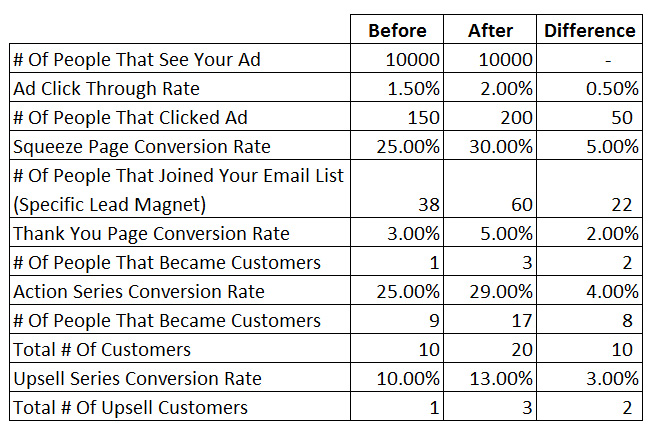
A few minor tweaks (all 5% increases or less) to the ad, squeeze page, thank you page, action series, and upsell series resulted in 10 more customers than before and 2 additional upsells.
Imagine if only the ad's CTR increased … what would happen …
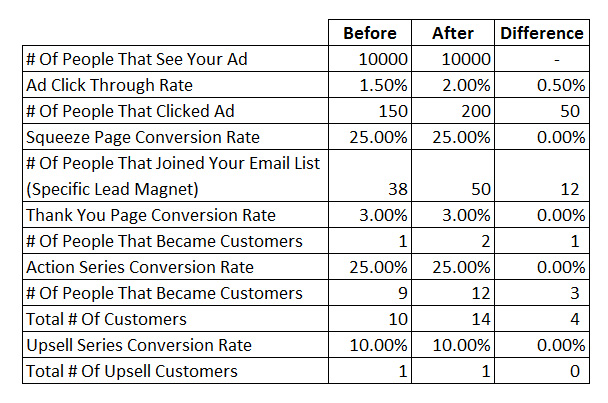
We'd still add 4 more customers!
It's amazing what even a half-percent change can do!
To Do
Implement.
>> Click here to download the Ecommerce Marketing Strategy Worksheet & this post in PDF format
How To Implement
This post should have your Ecommerce business on a path for success; however, there's still a lot of work and technical understanding that needs to happen.
There's still …
- Email marketing automation configuration
- Landing page and opt-in form integration
- Advertising campaign launches and optimization
- Tracking tools and pixels to implement
- Various other areas that'll need tweaking
Of course, you can piecemeal all this together from various sources, or you can save a bunch of time, effort, and energy by joining The Vault!
The Vault includes all the training, resources, and support you'll need to implement everything you planned above!
Click here to see how The Vault can help your Ecommerce Business!

